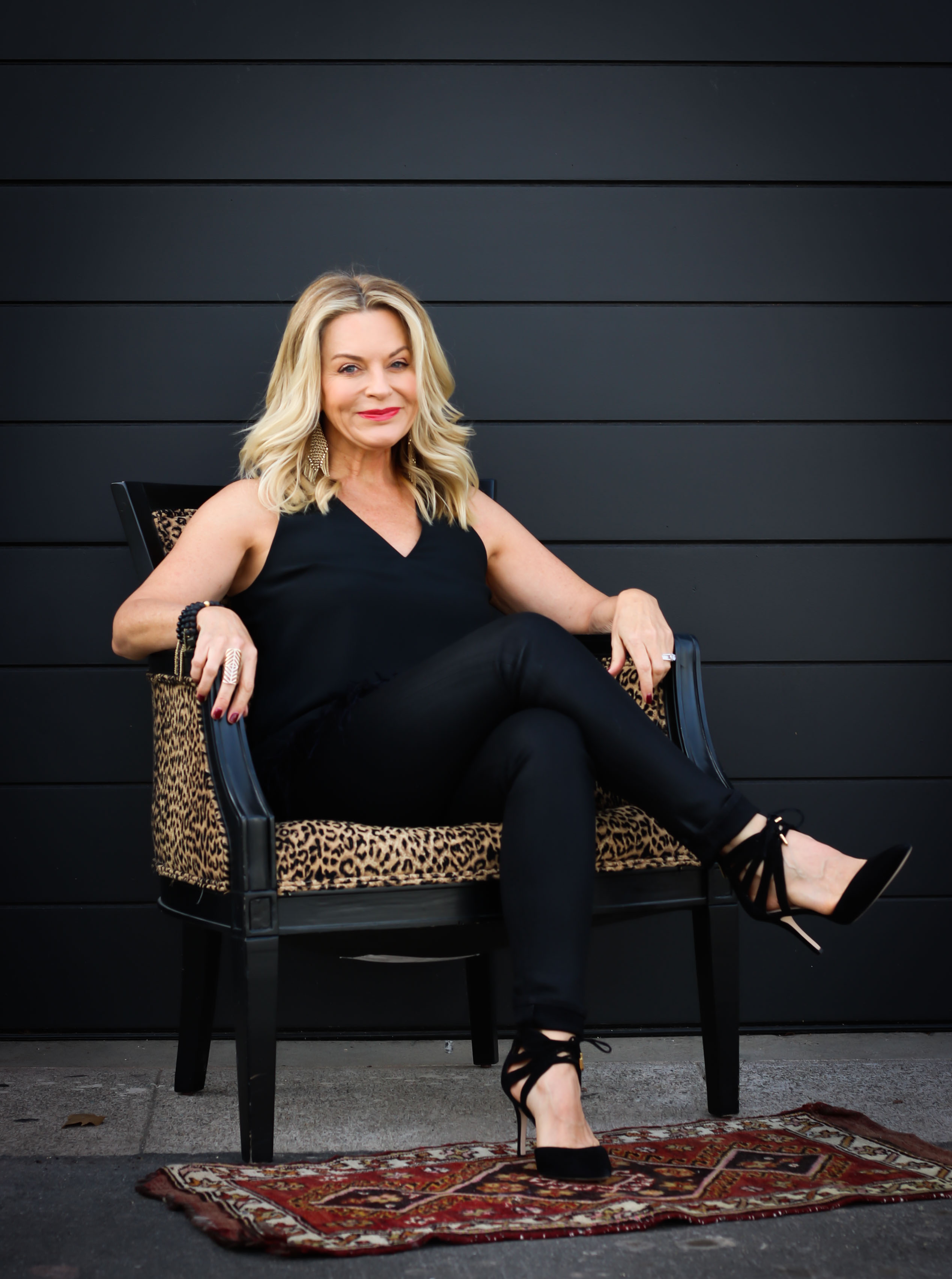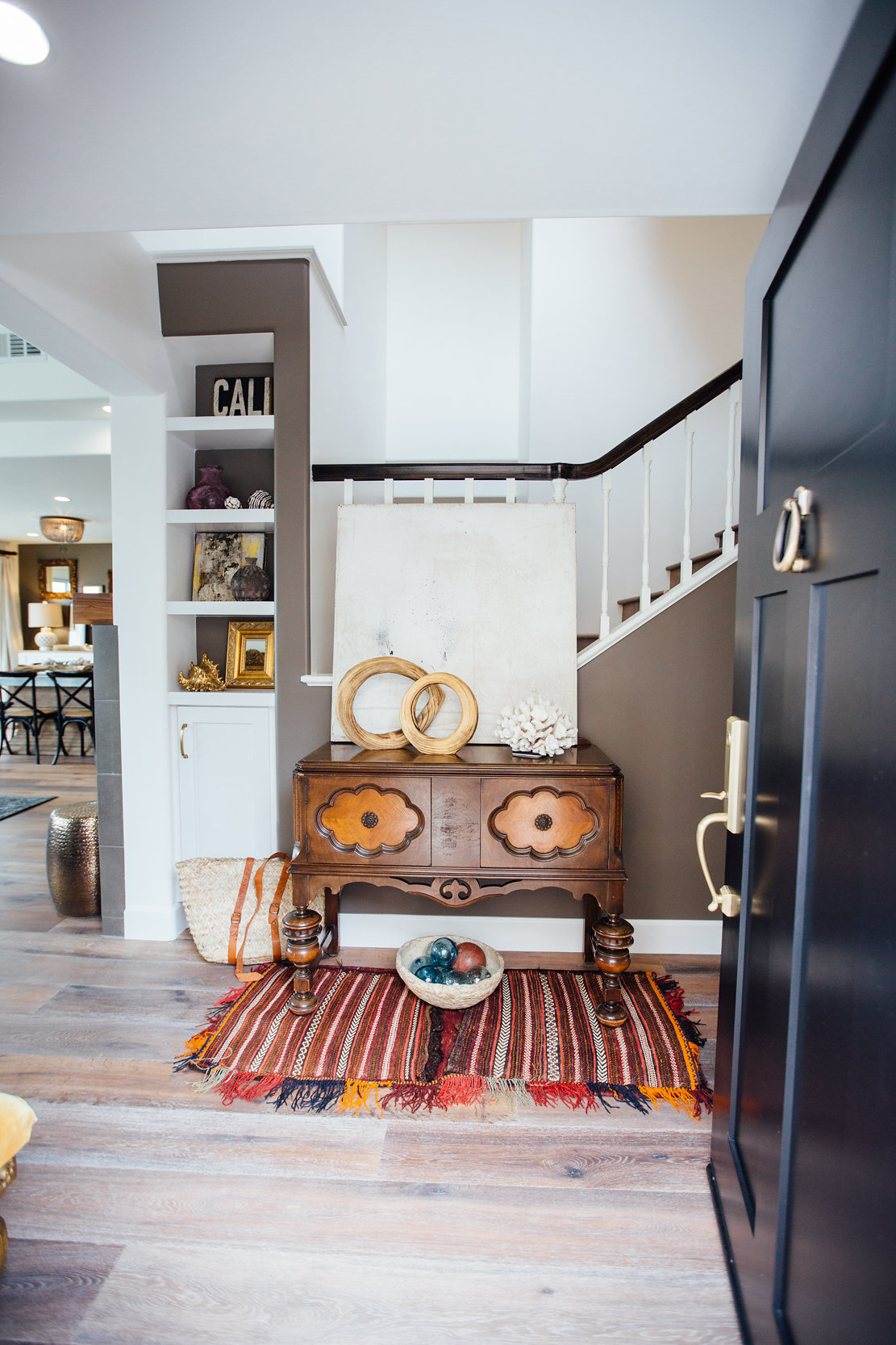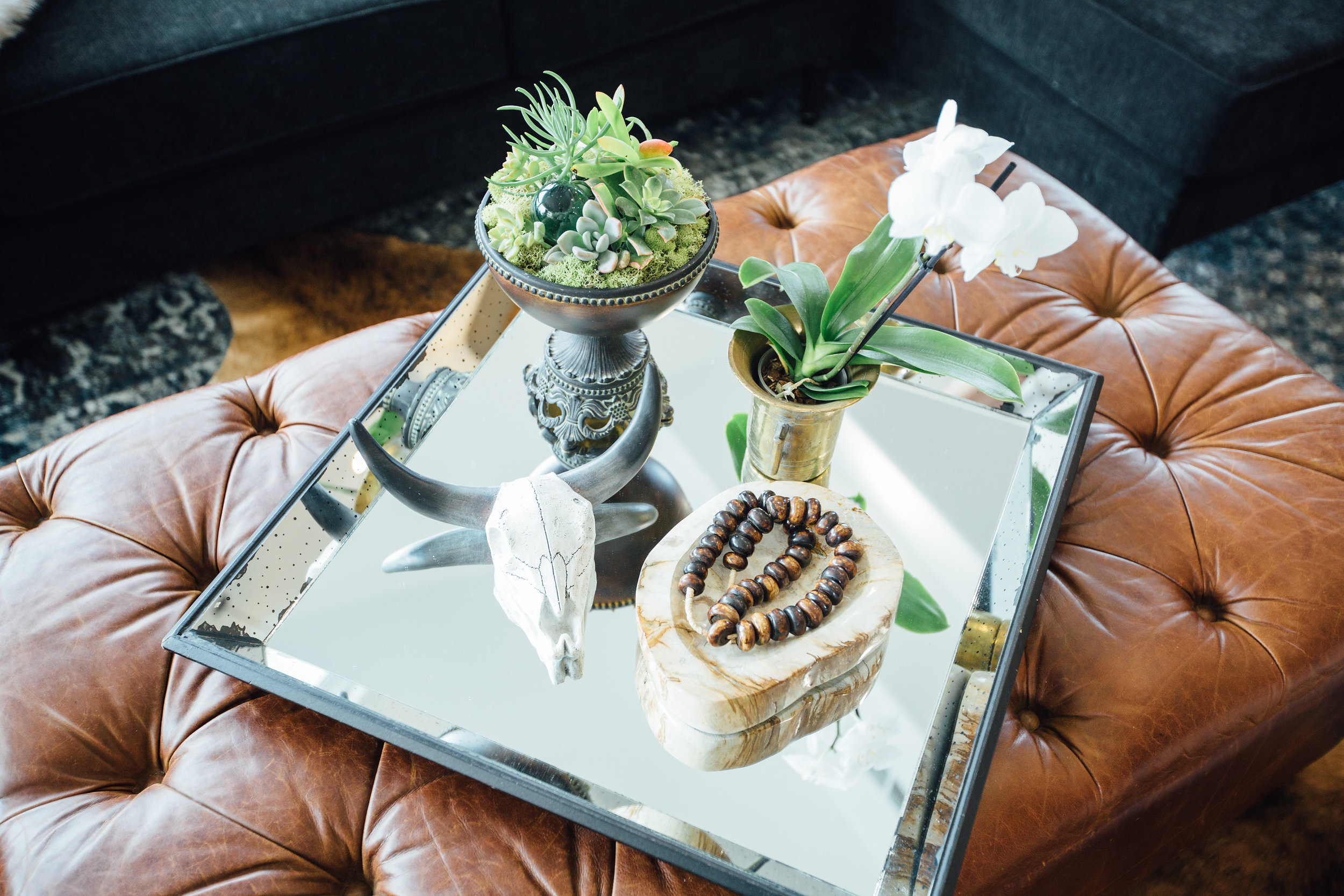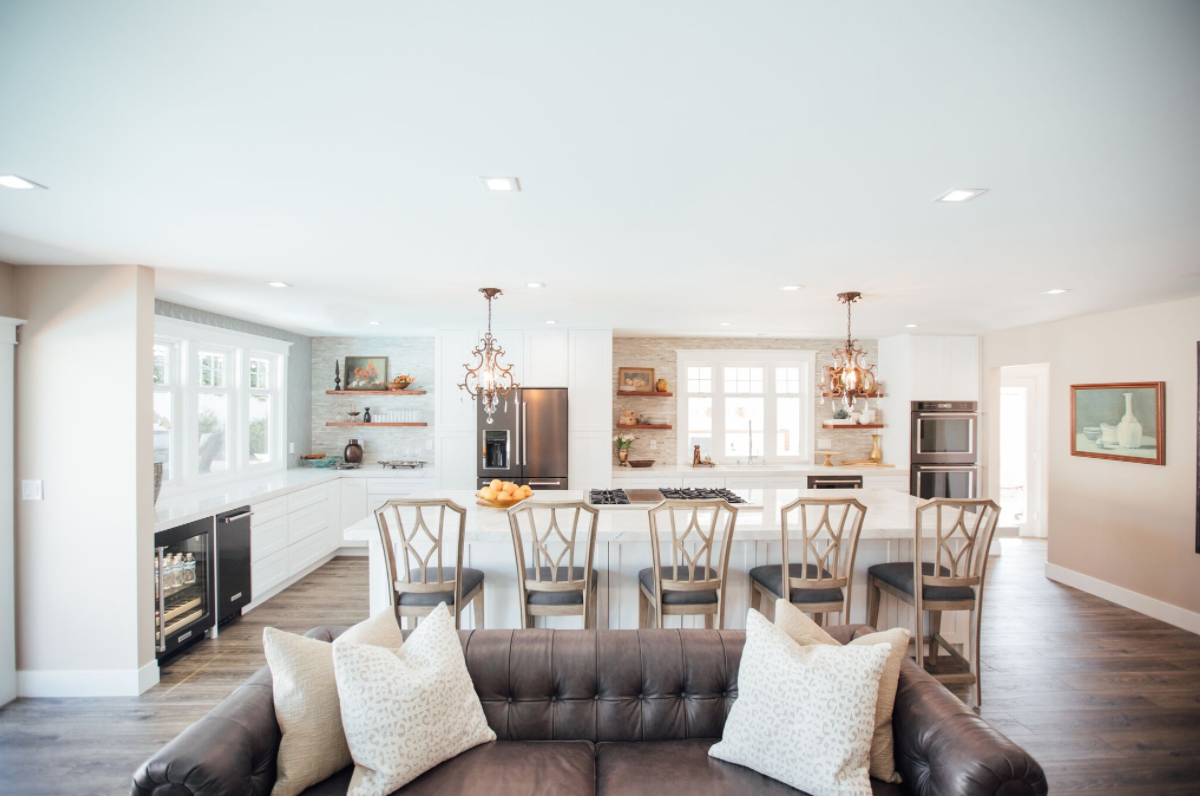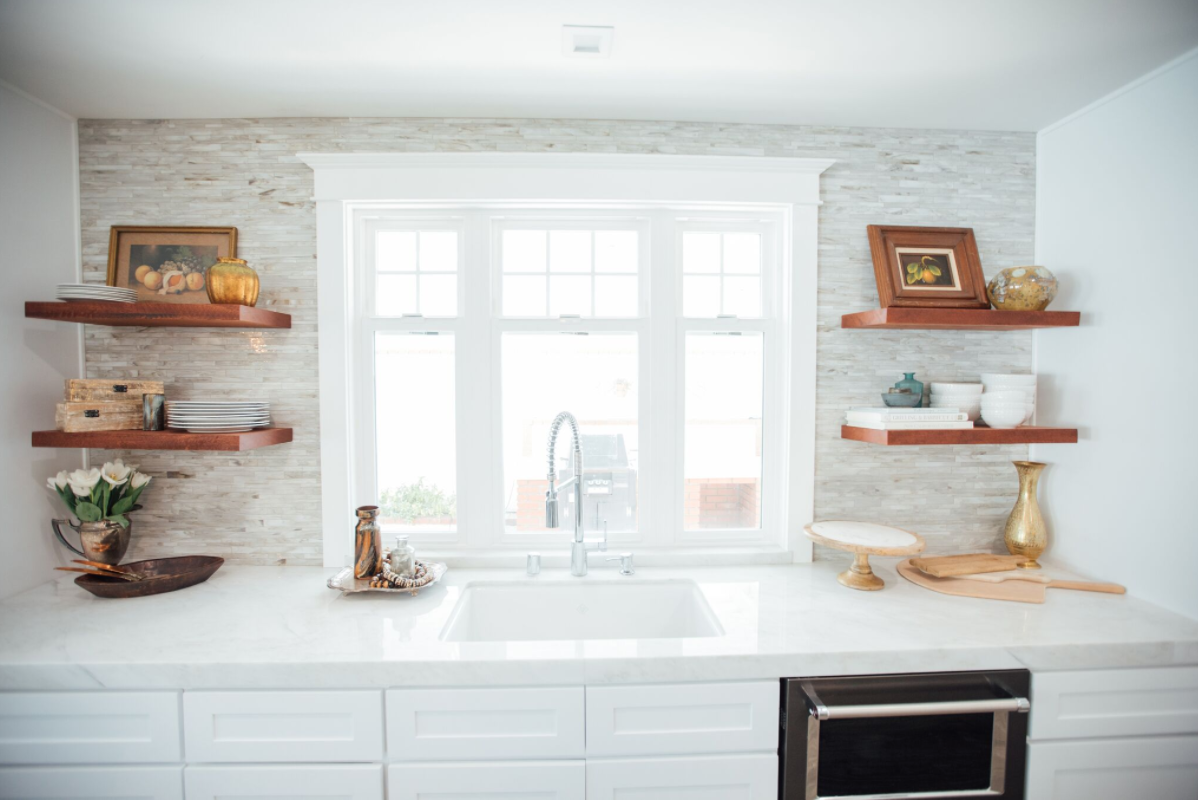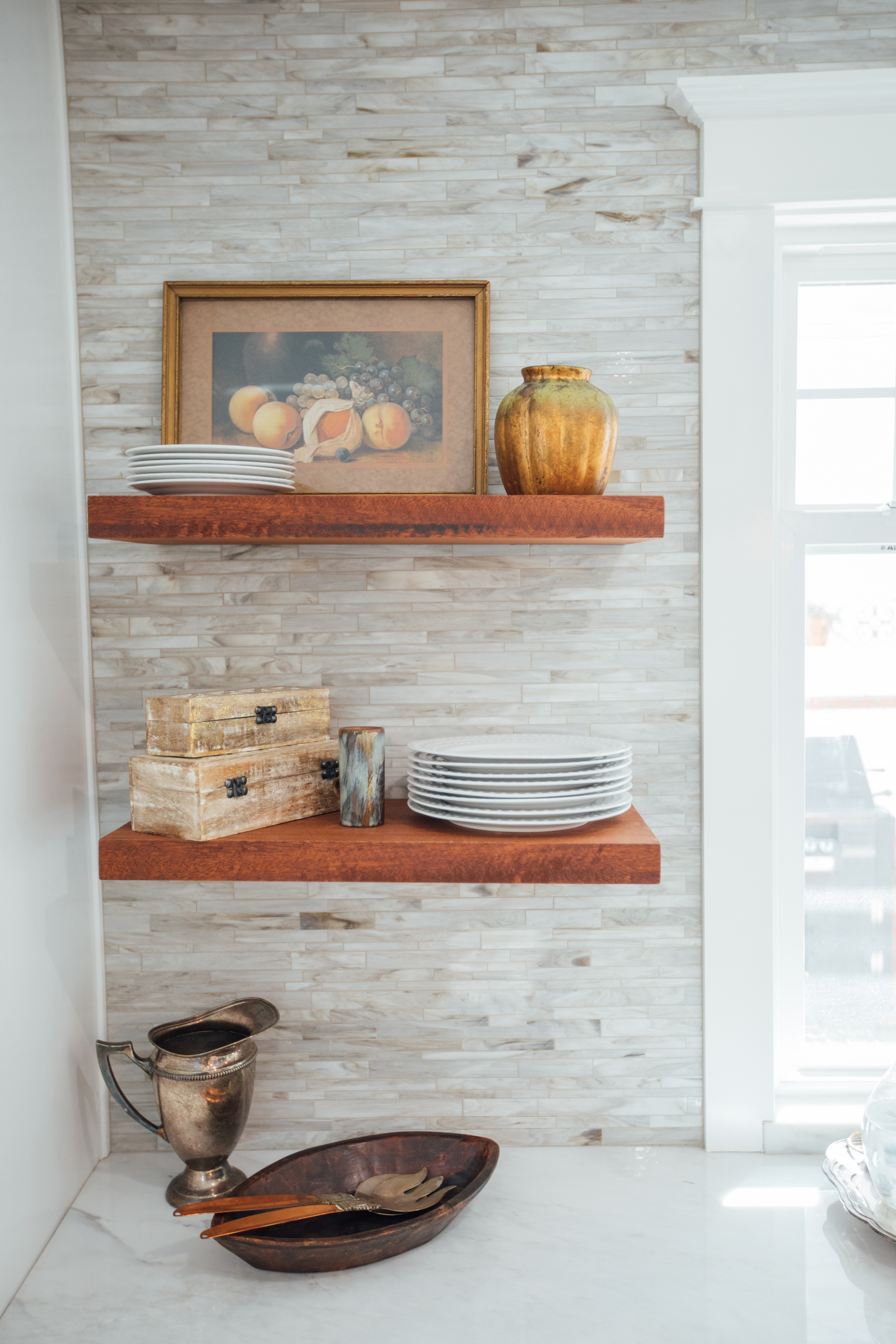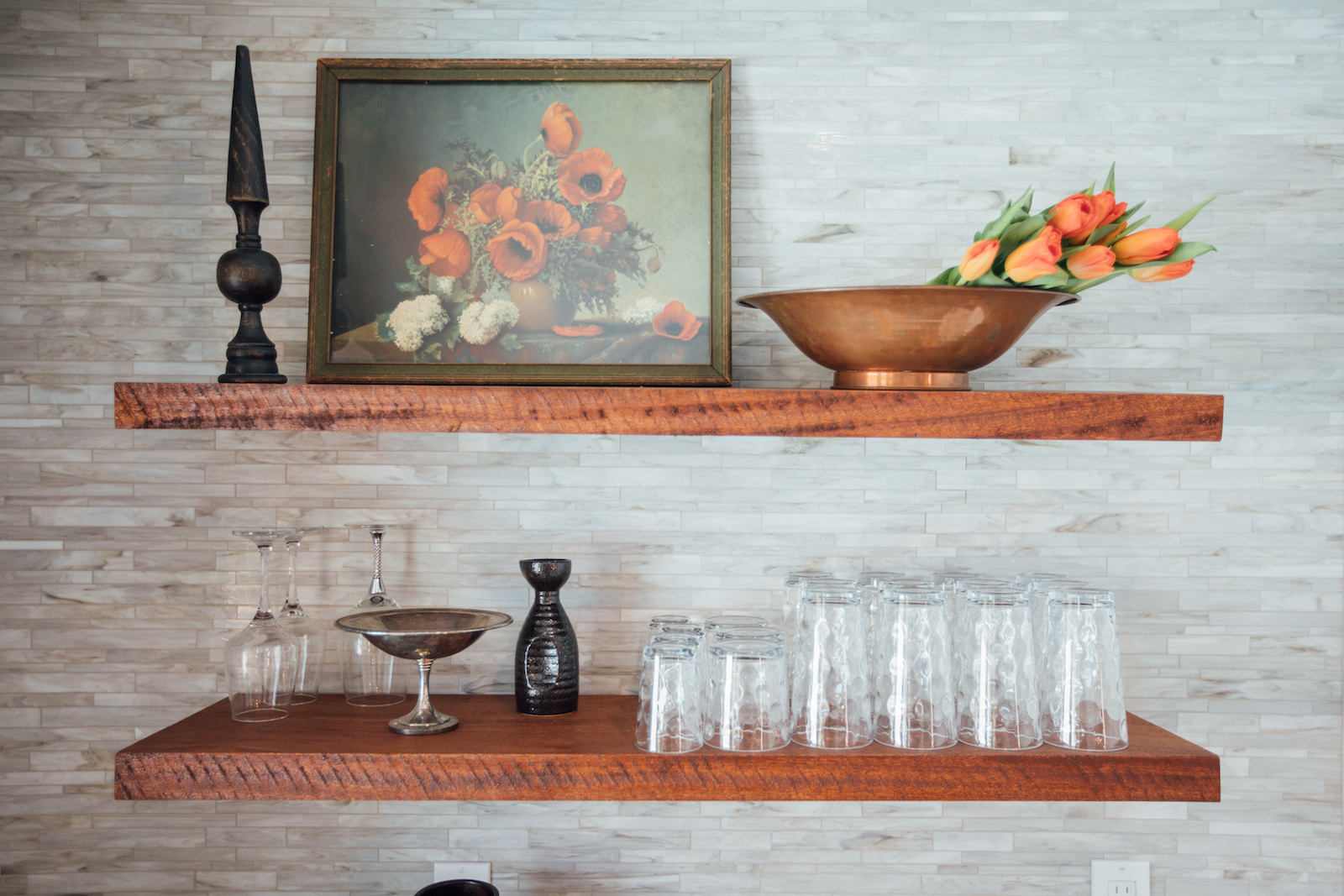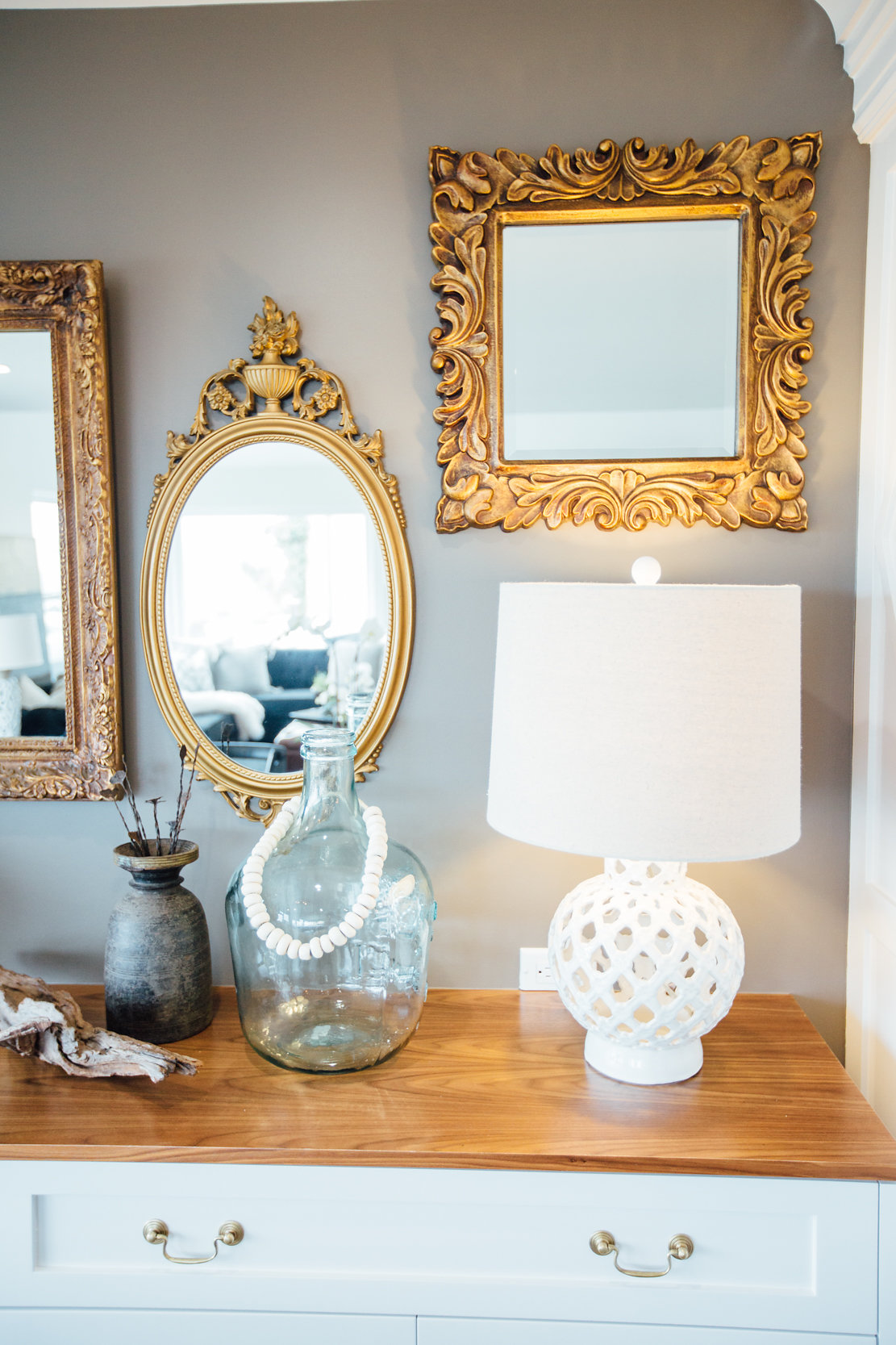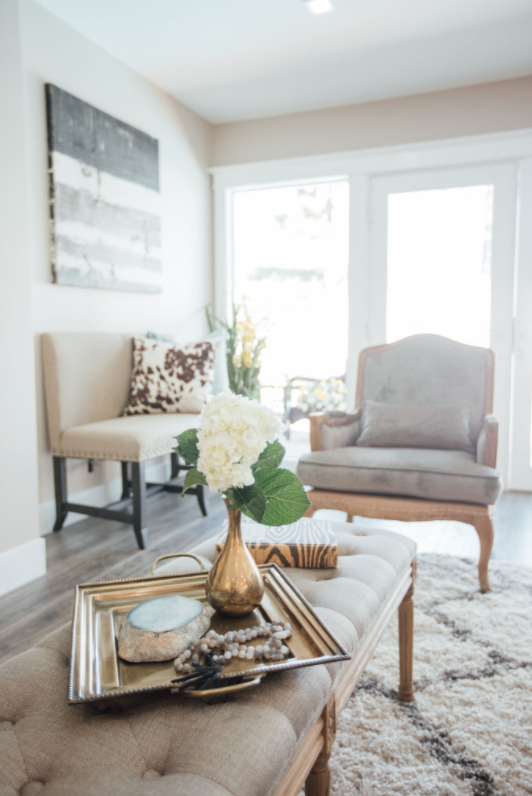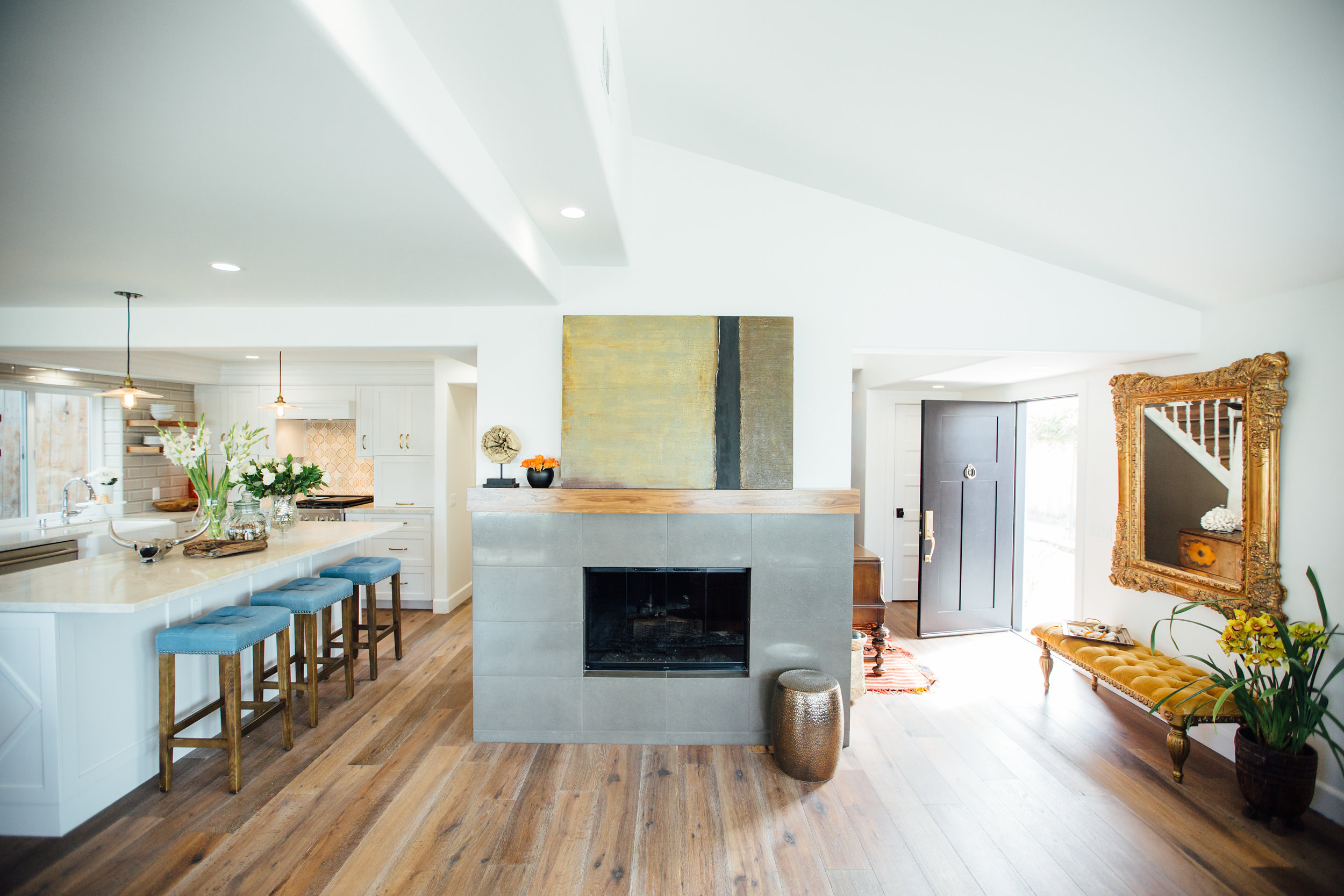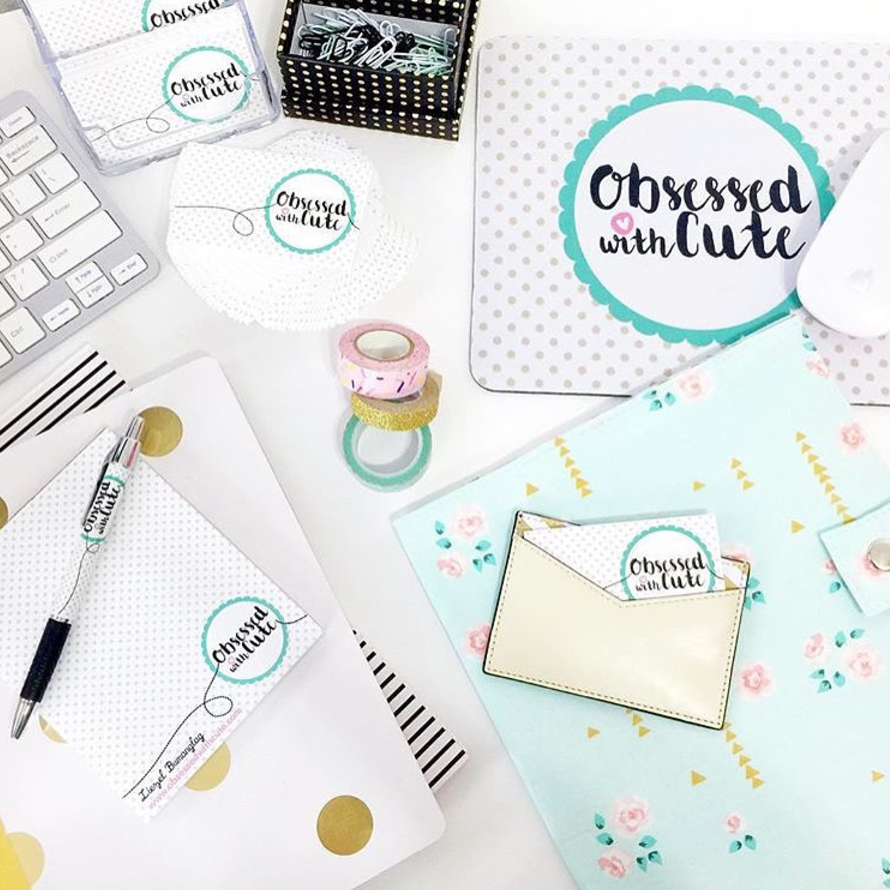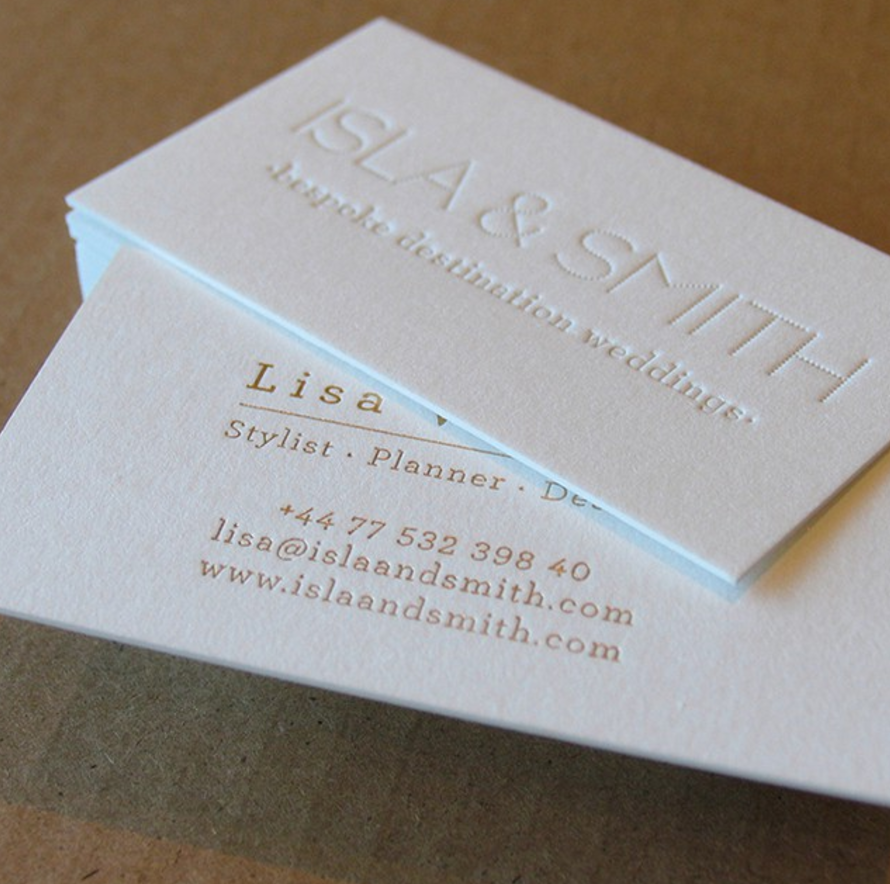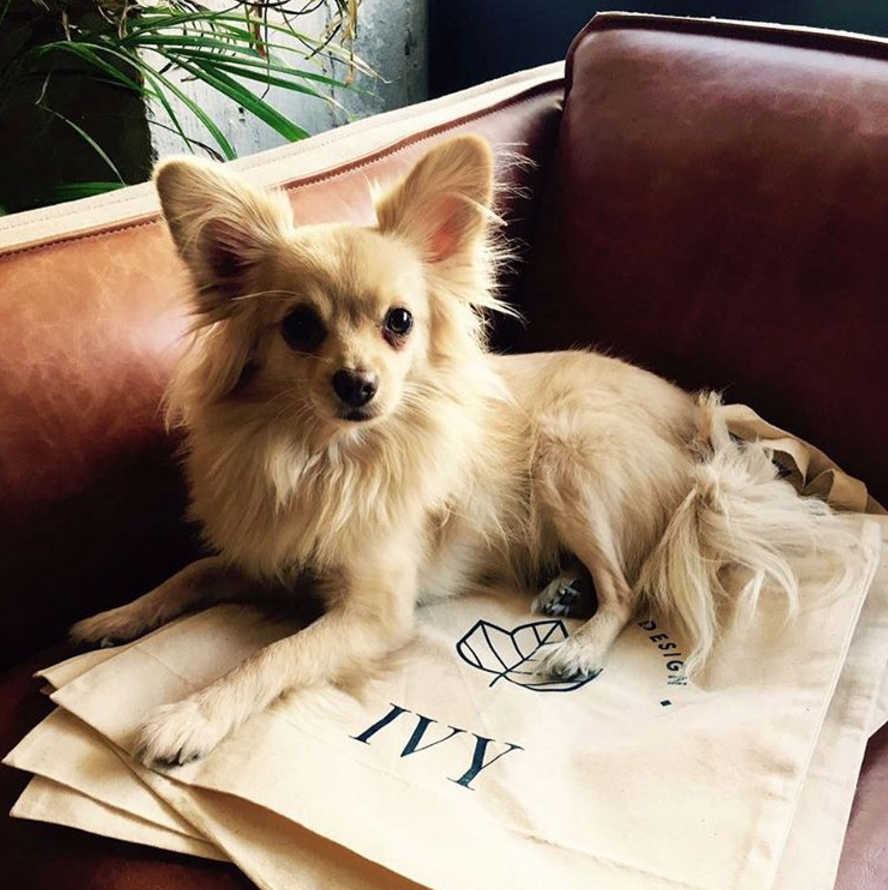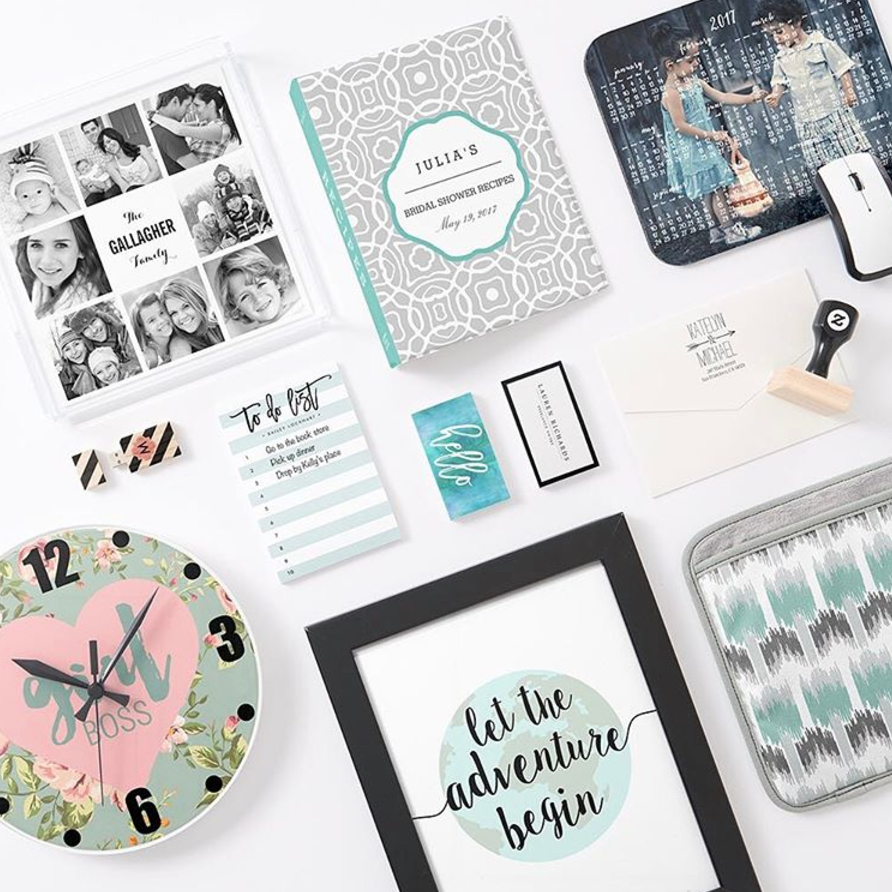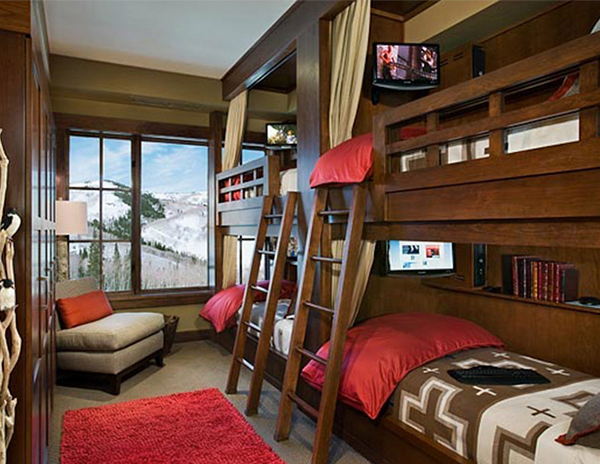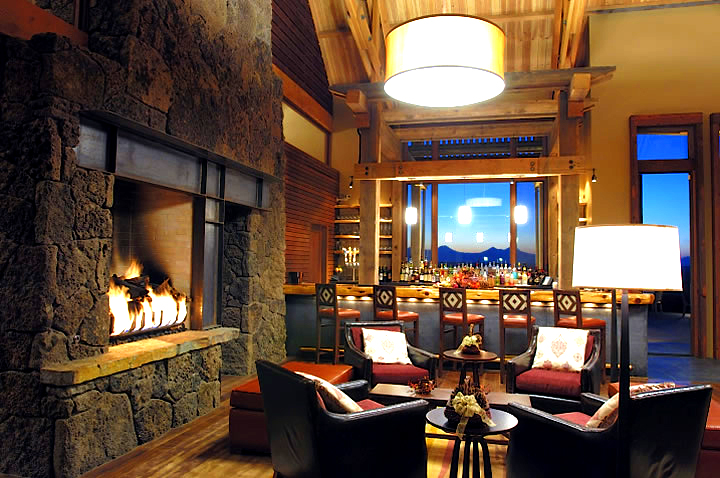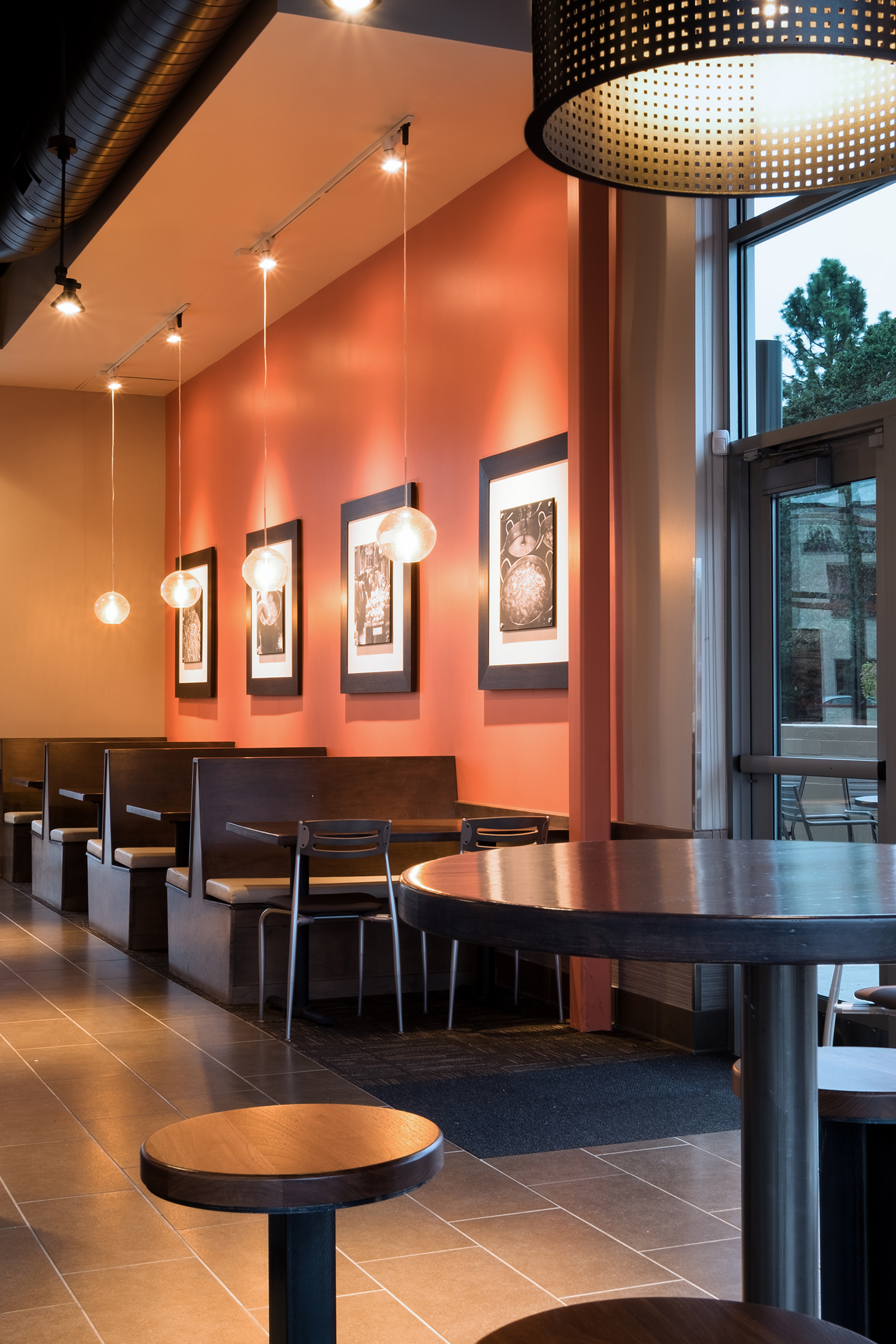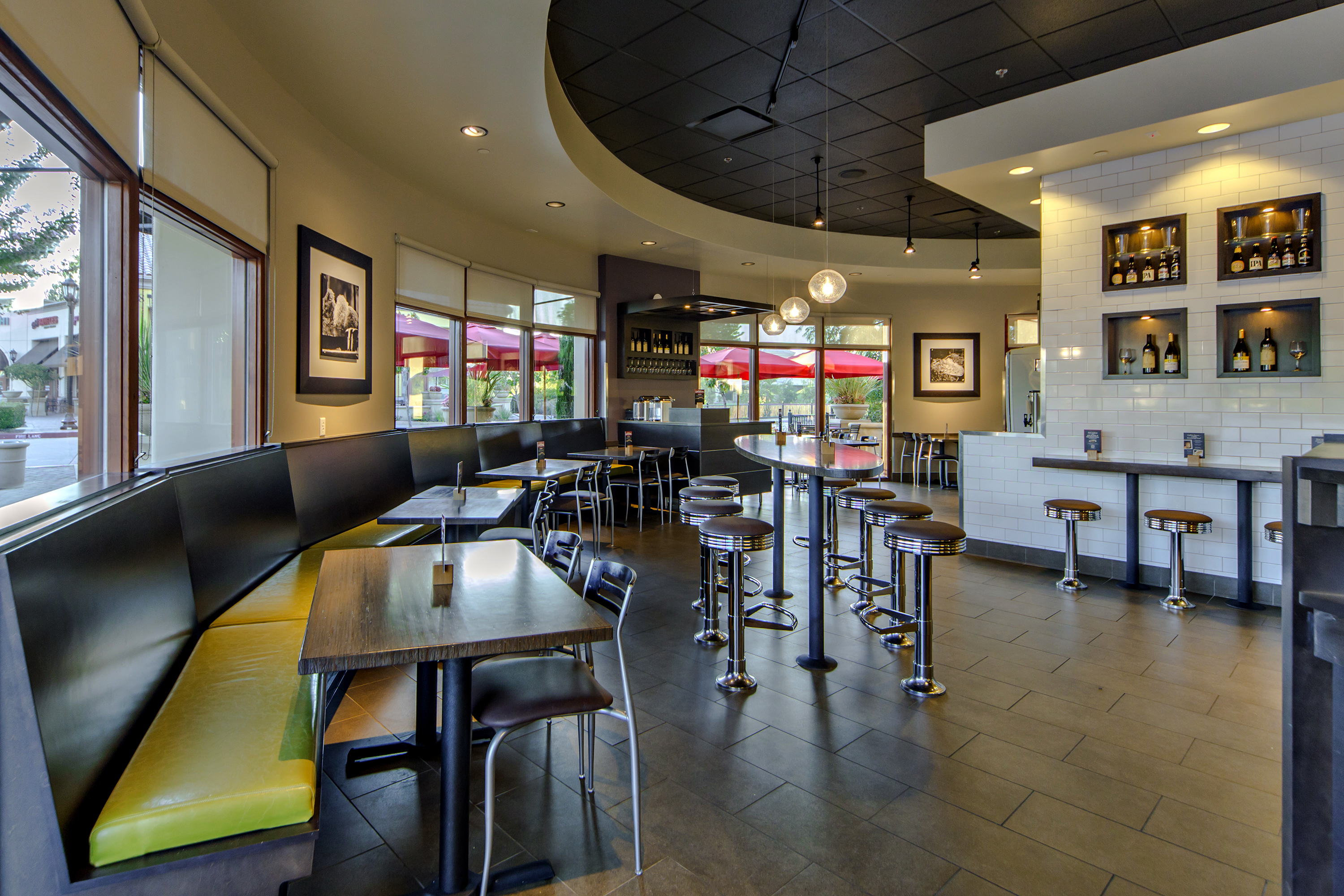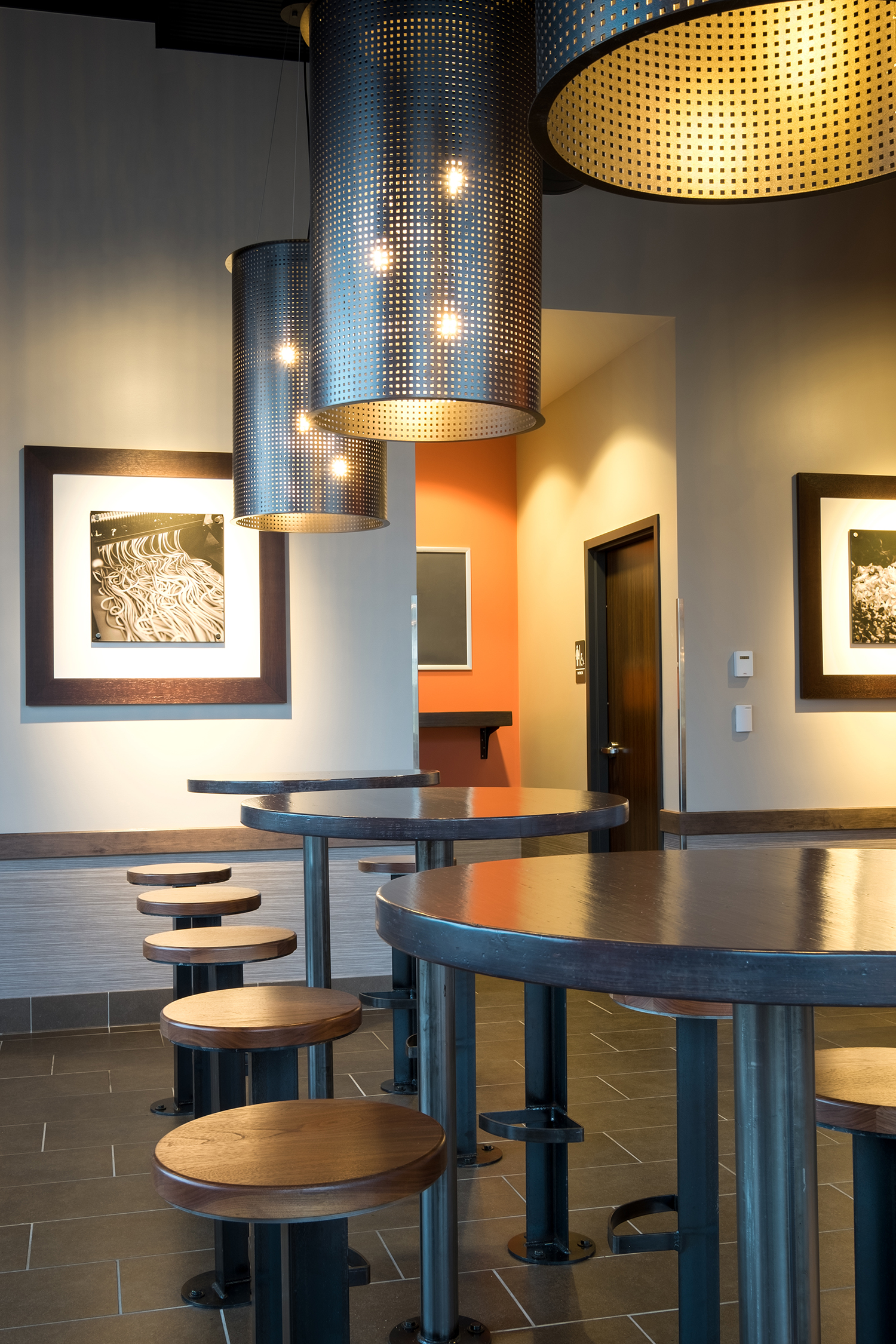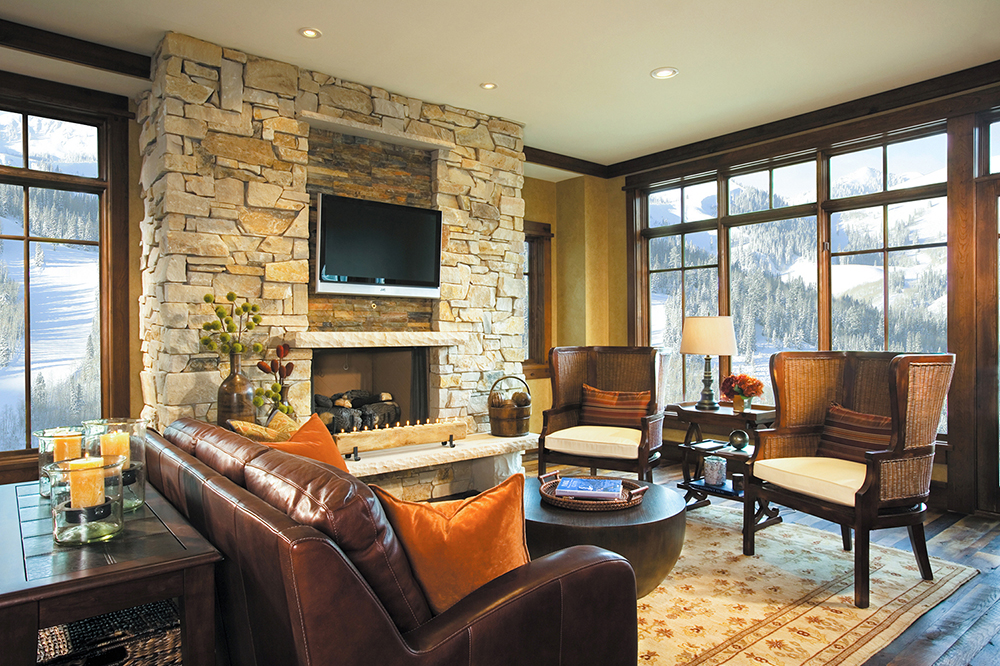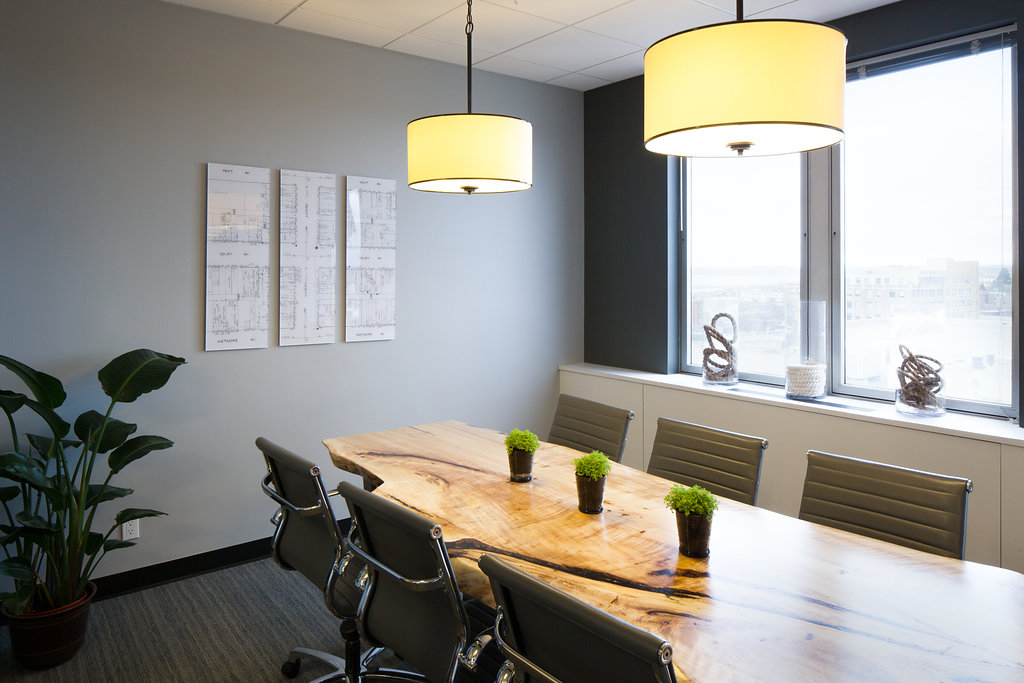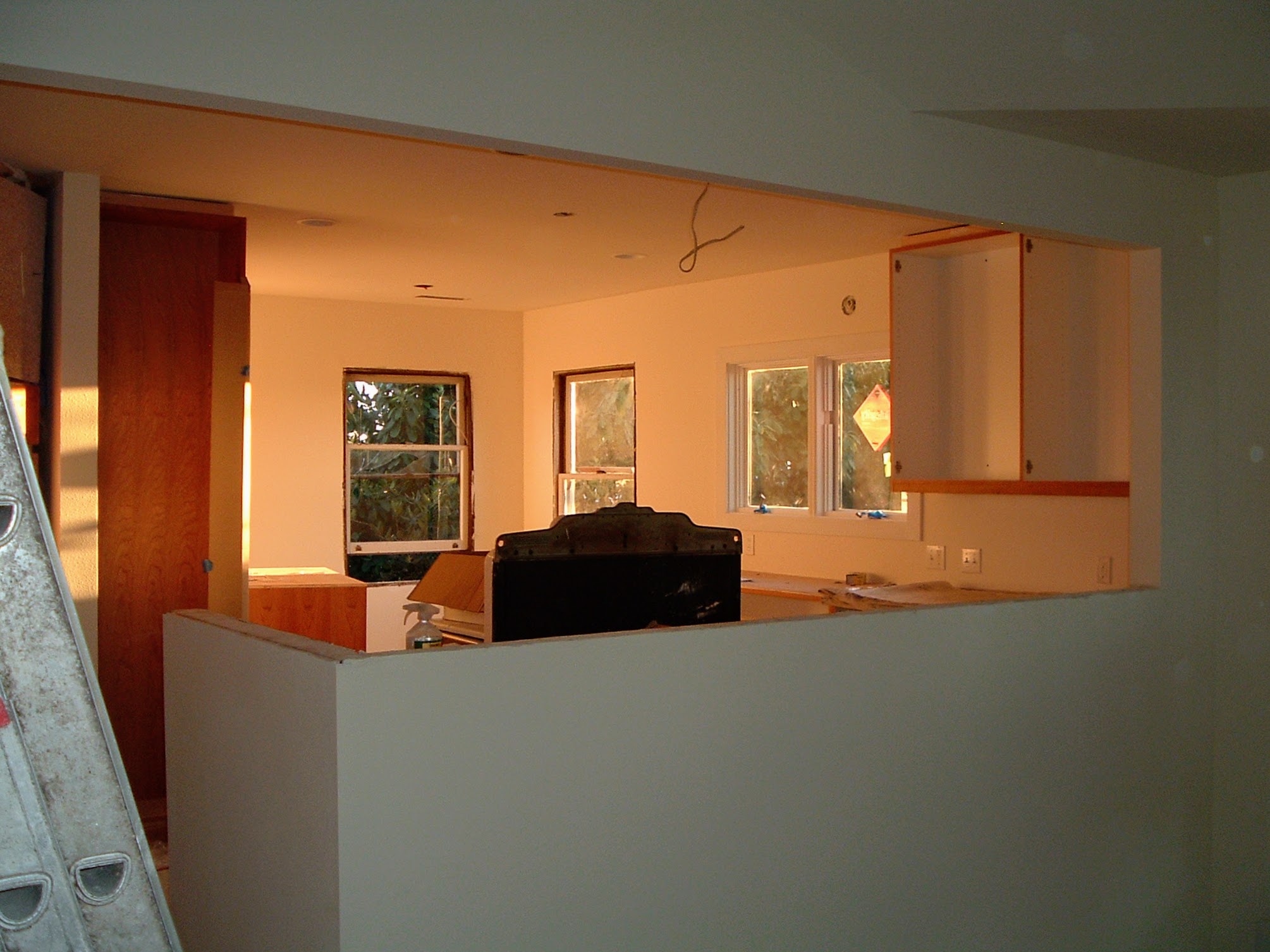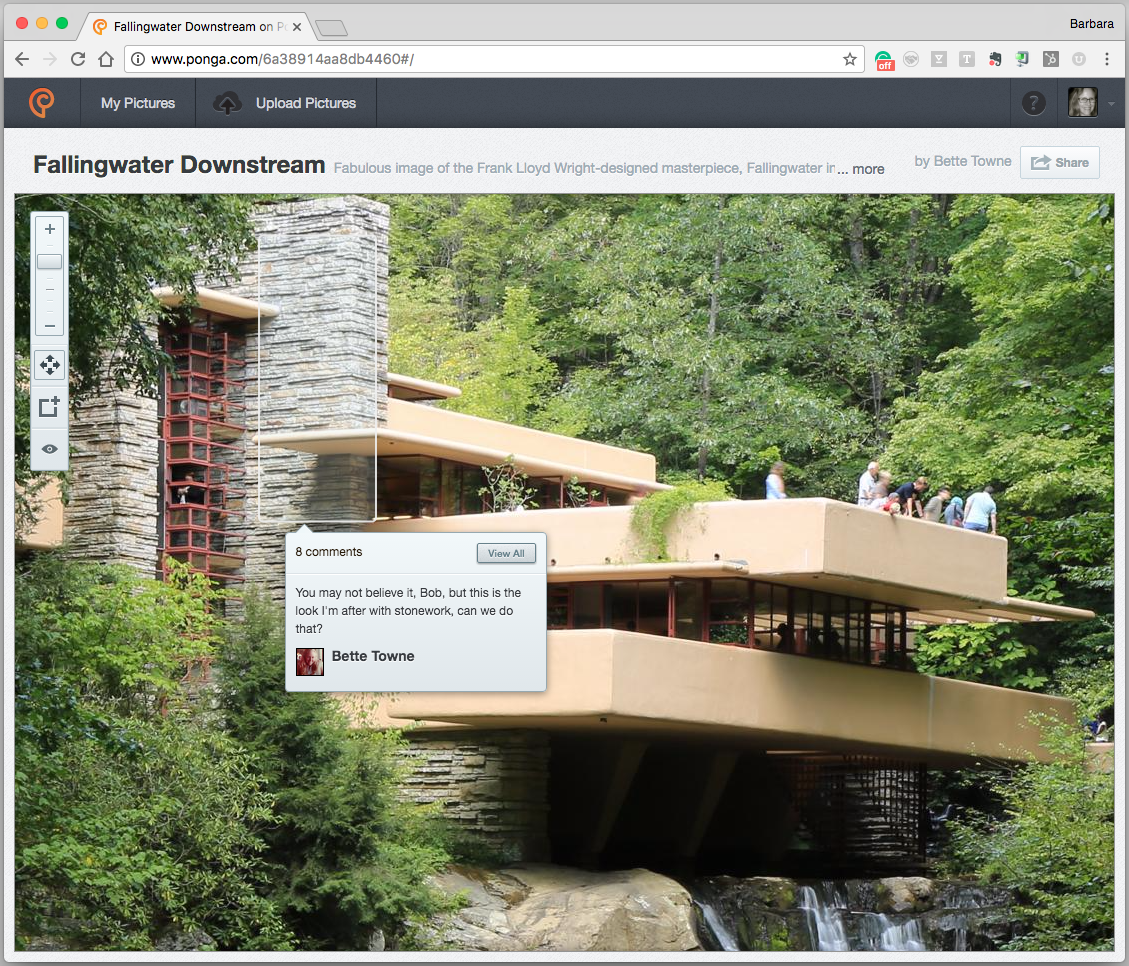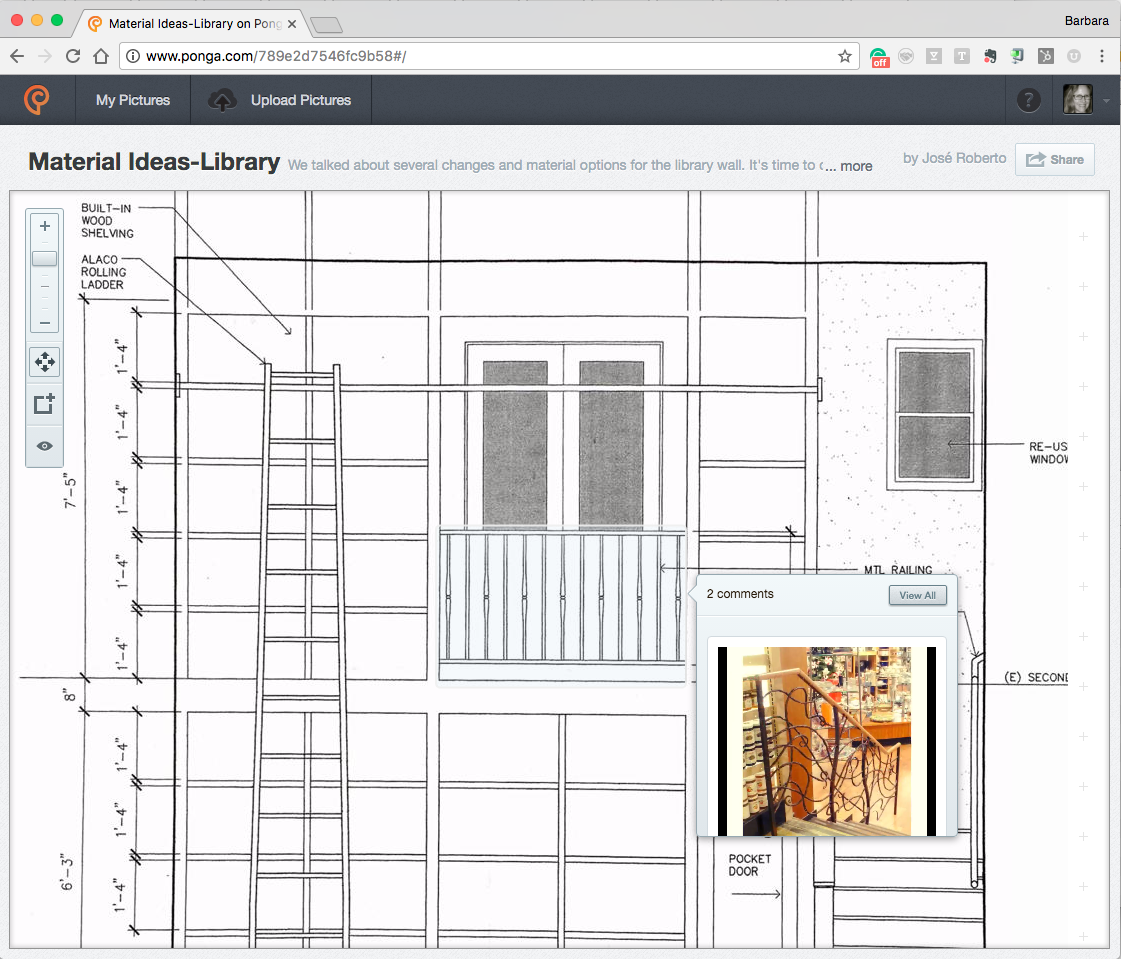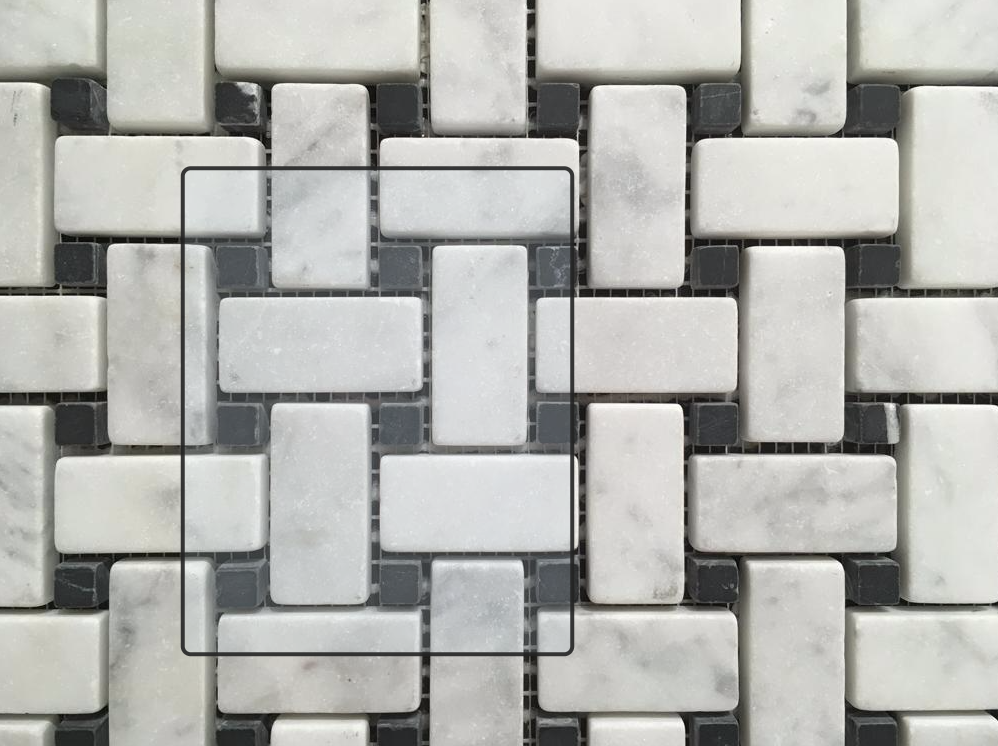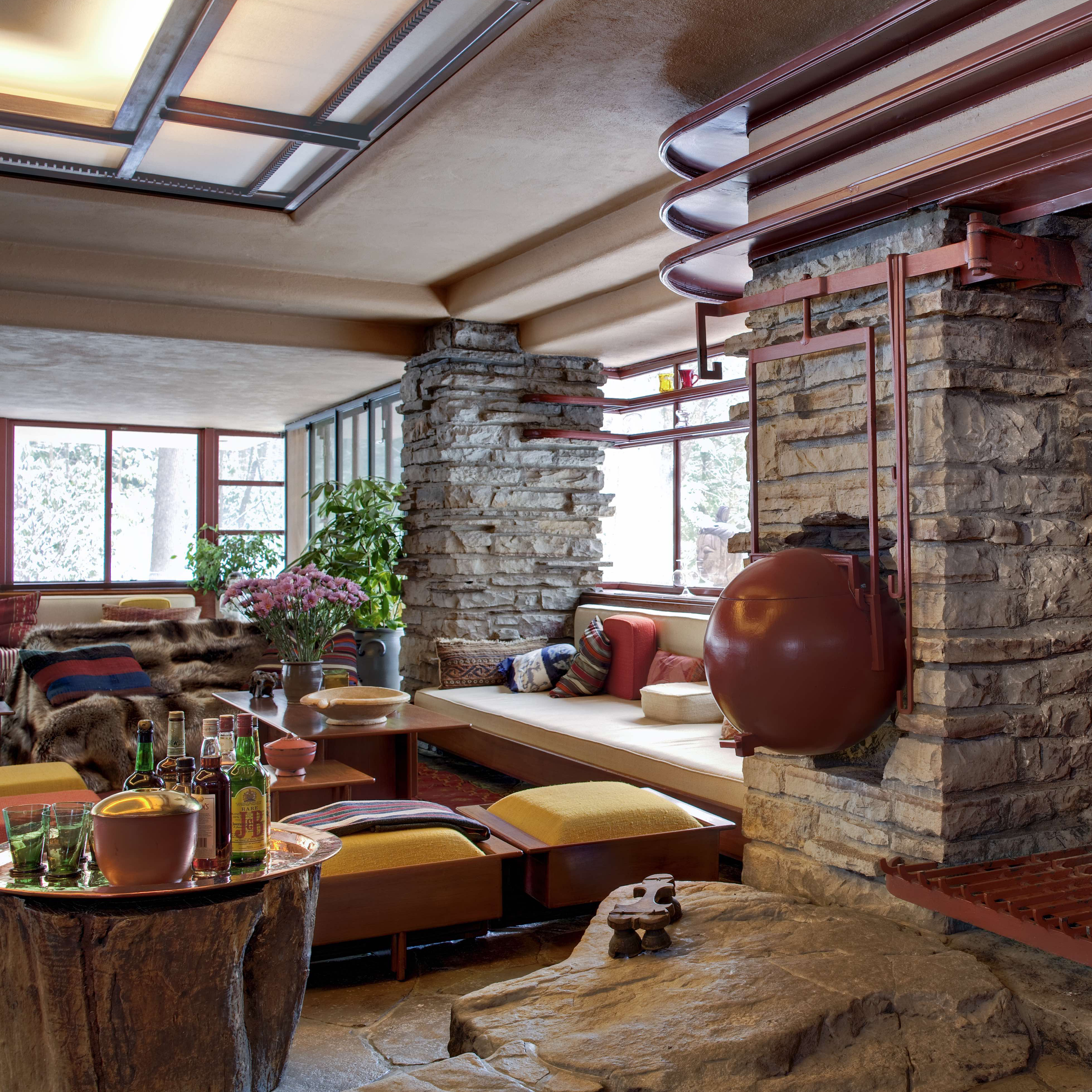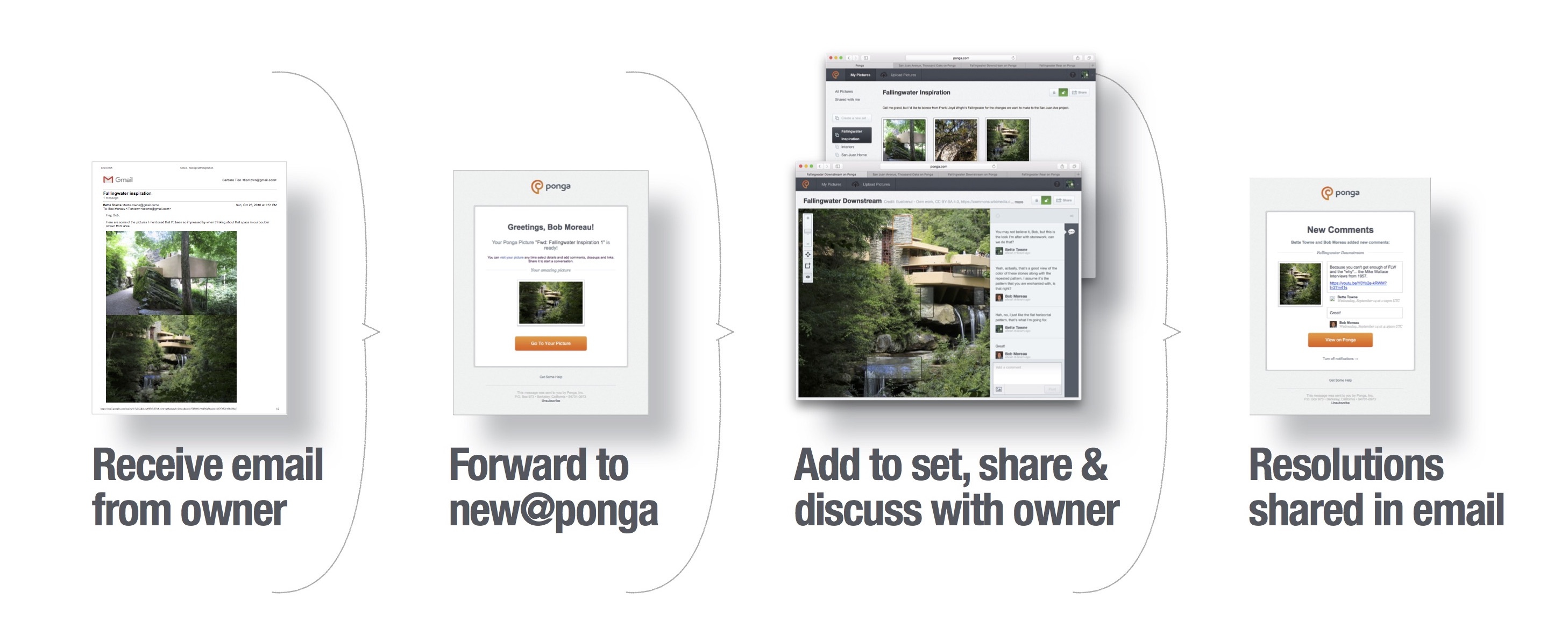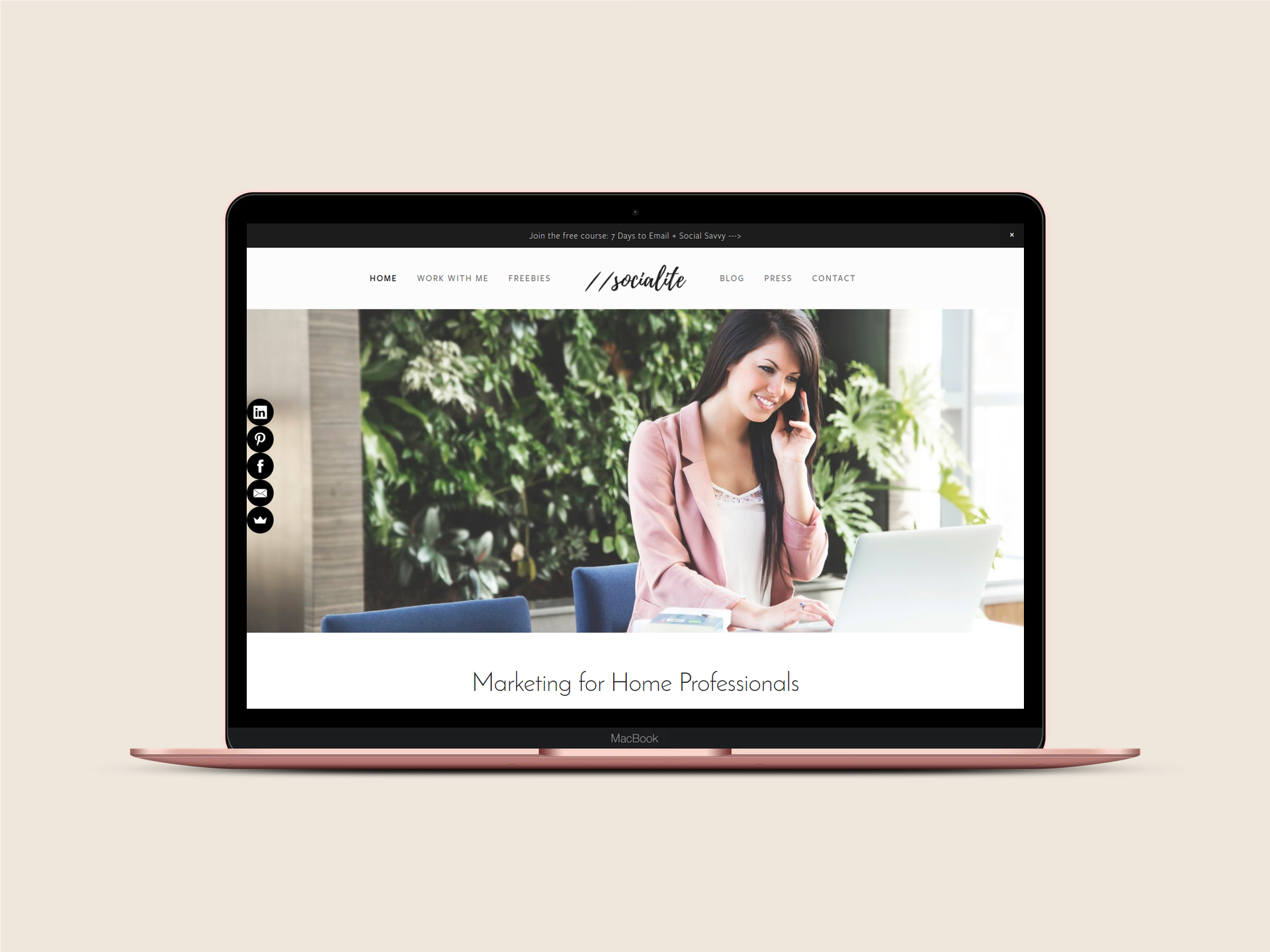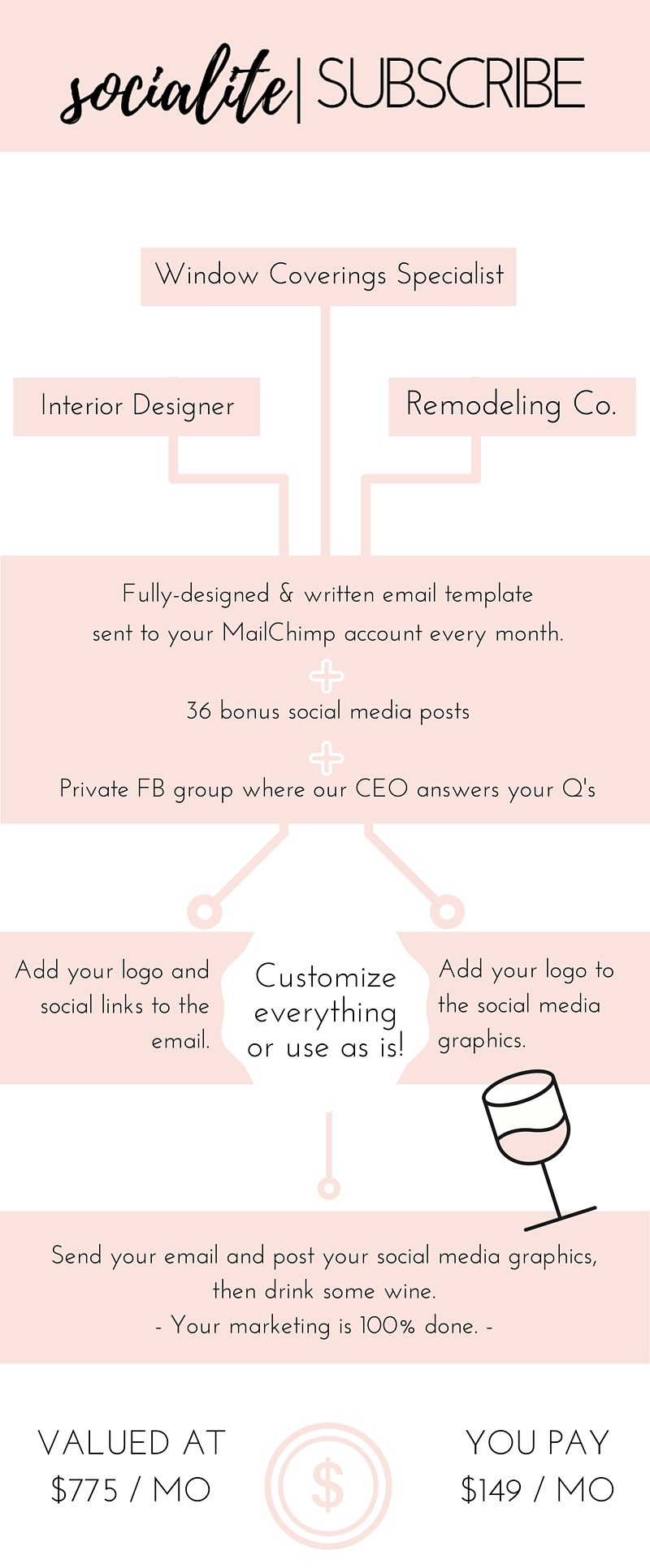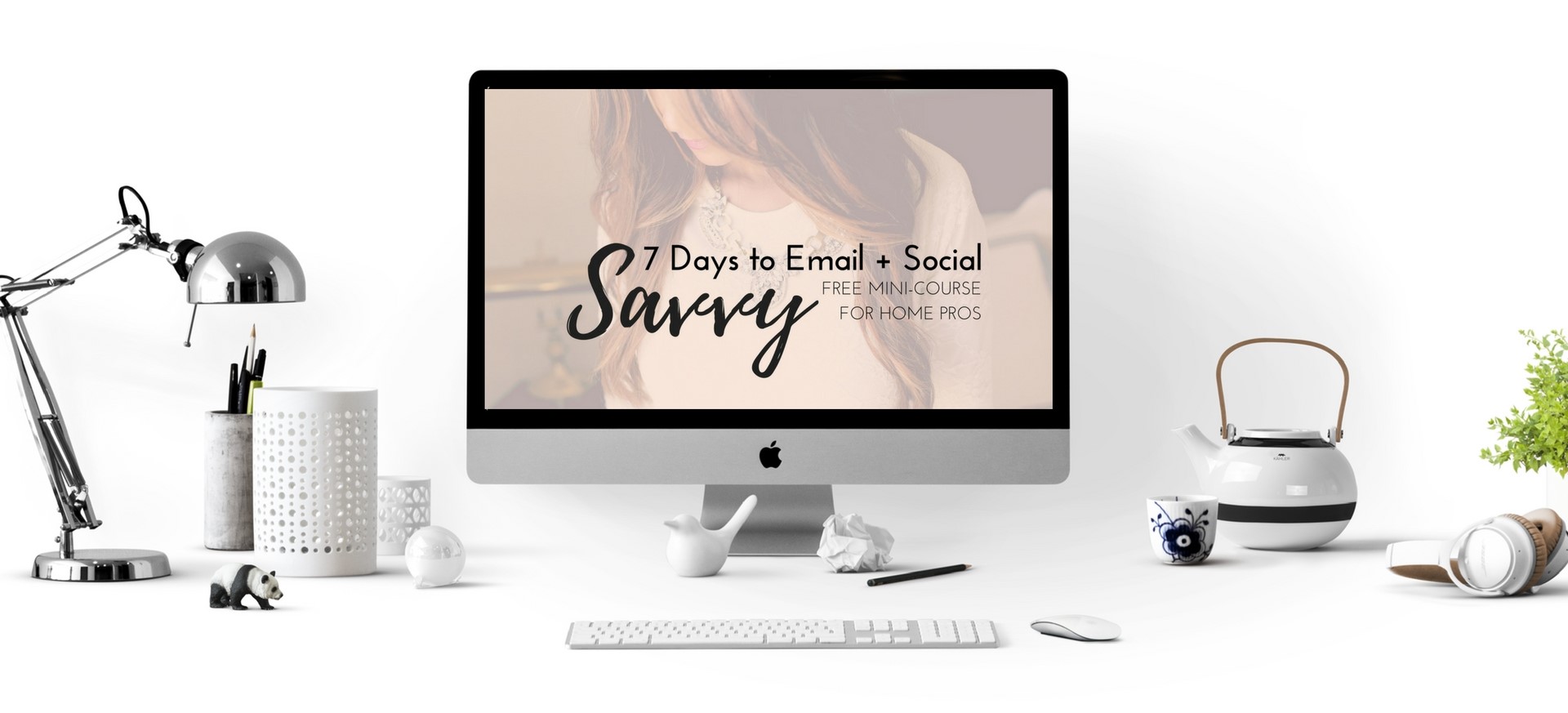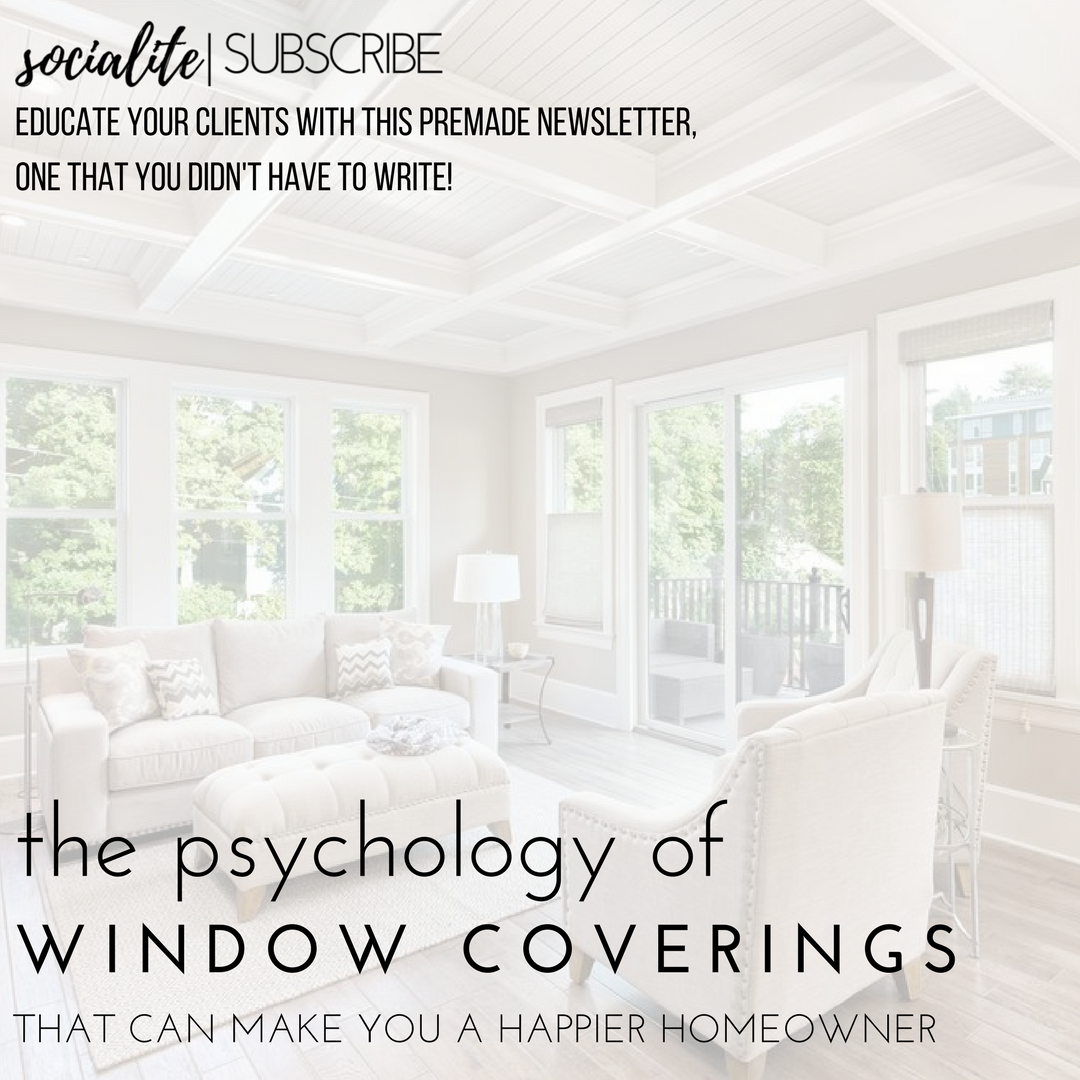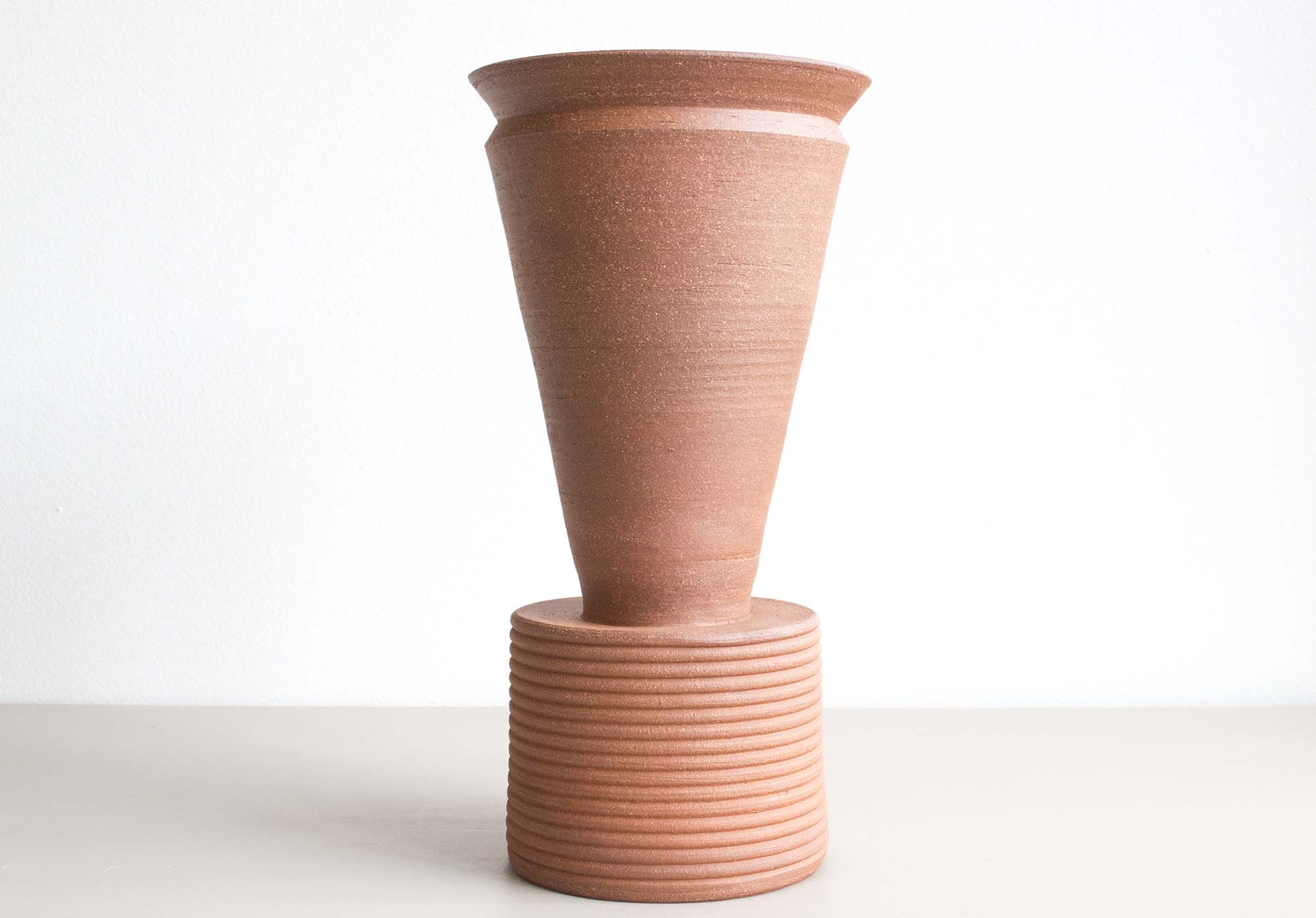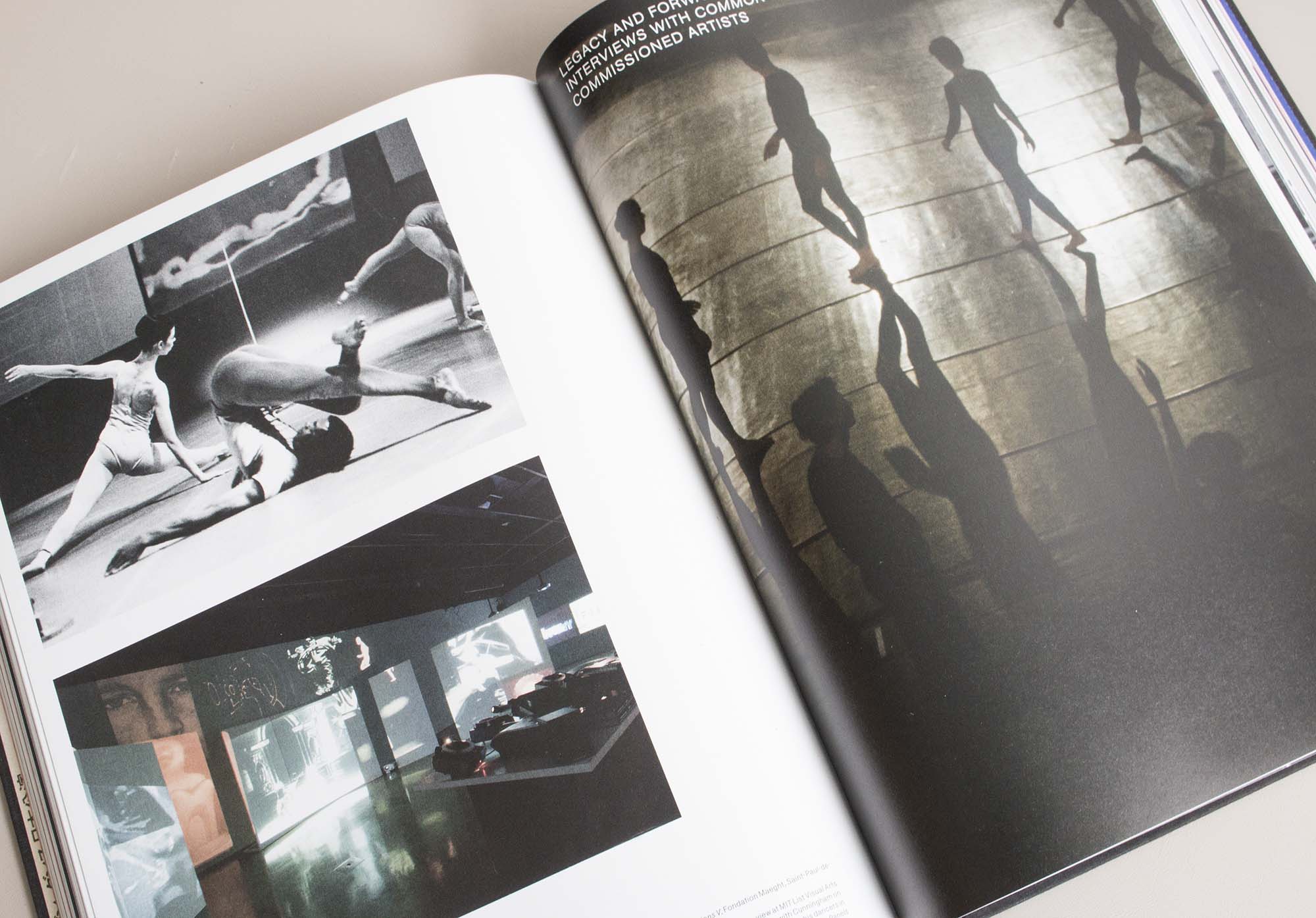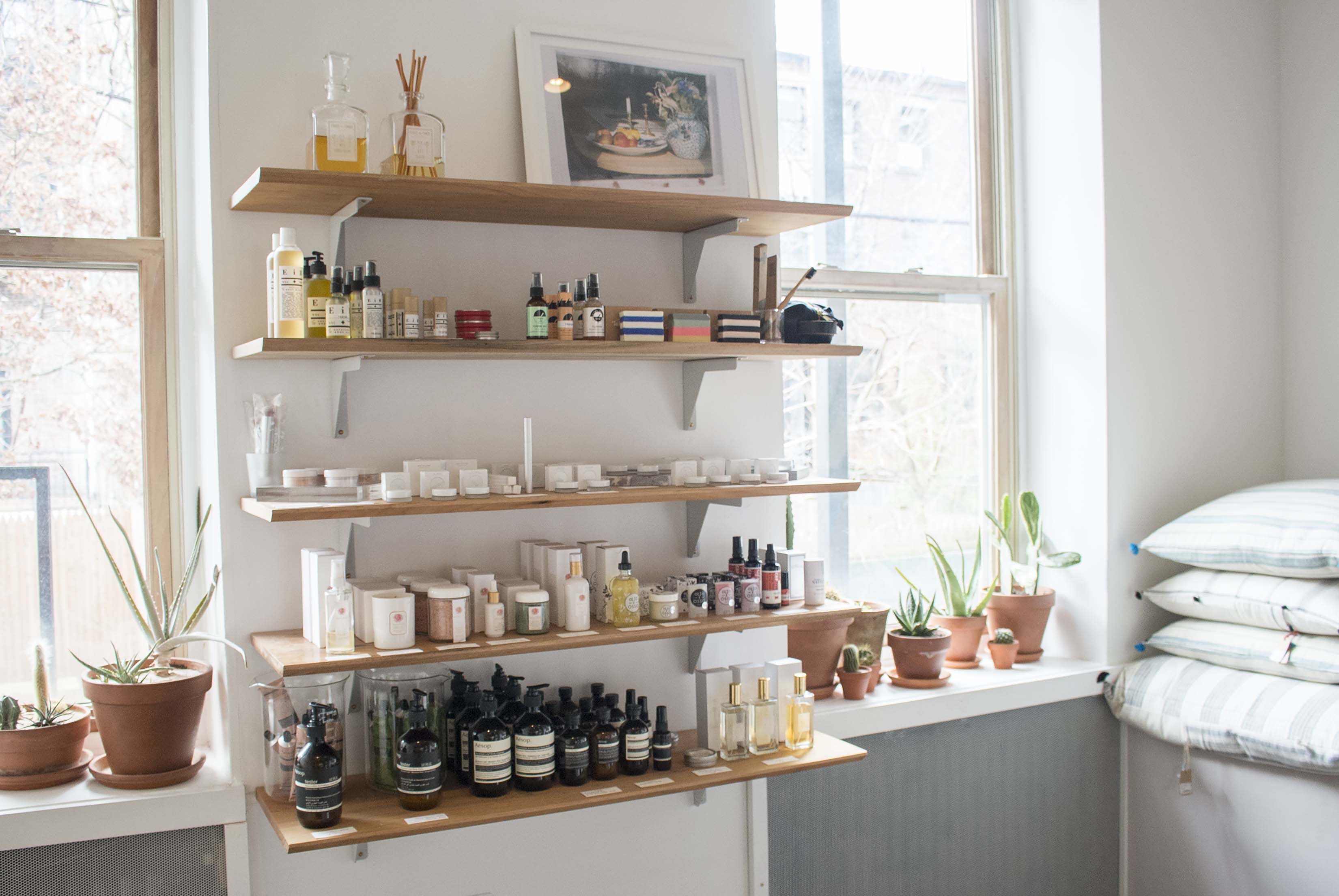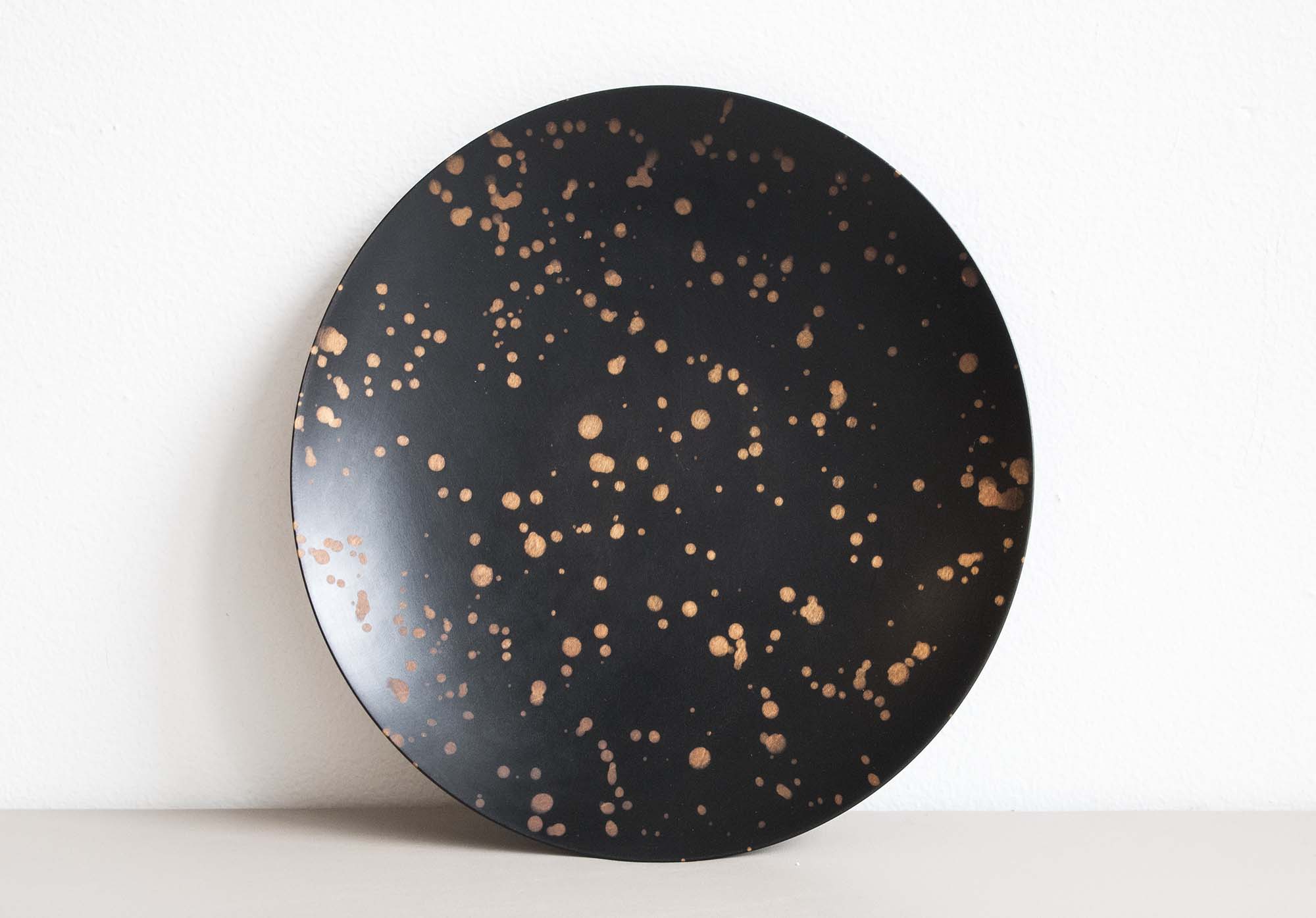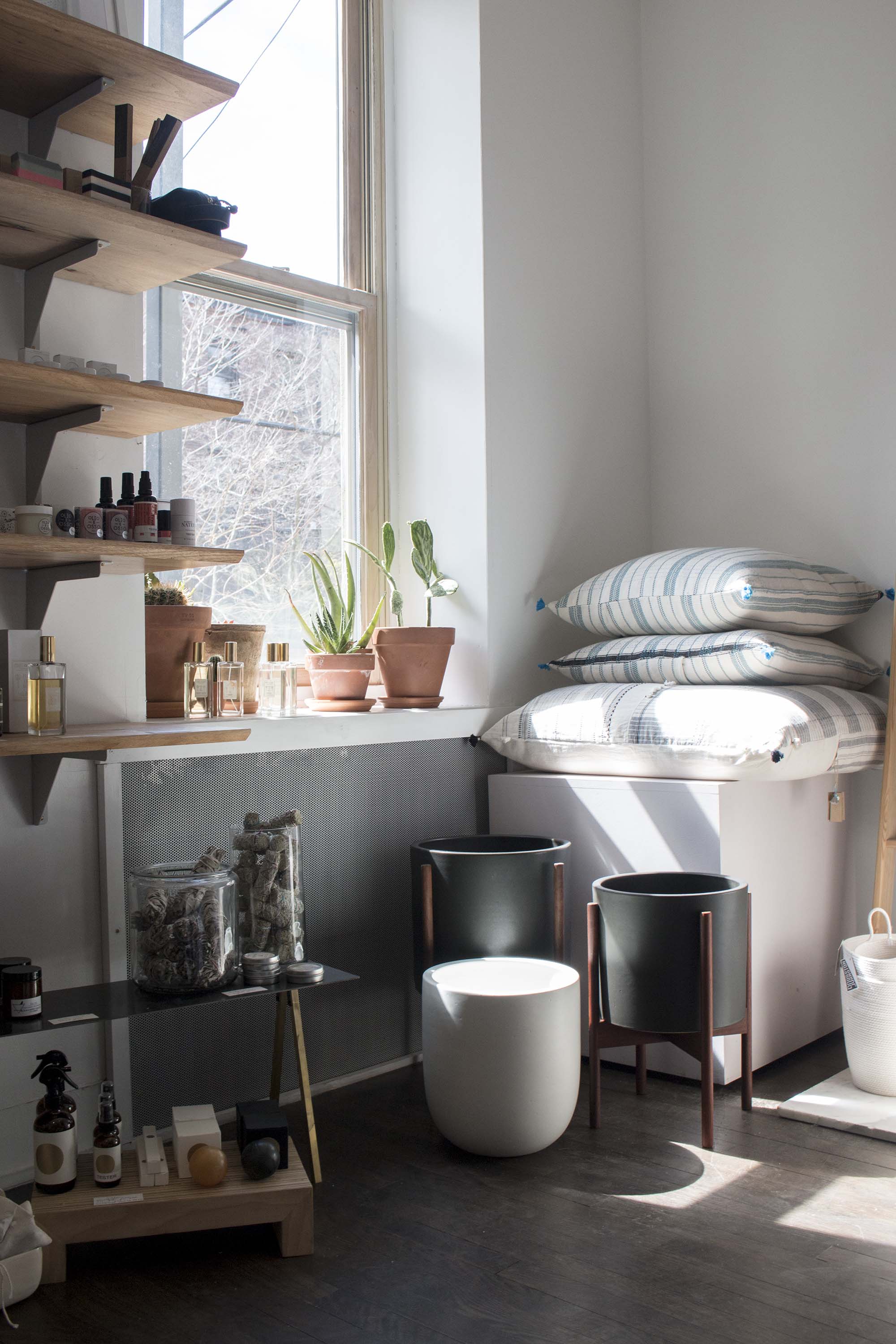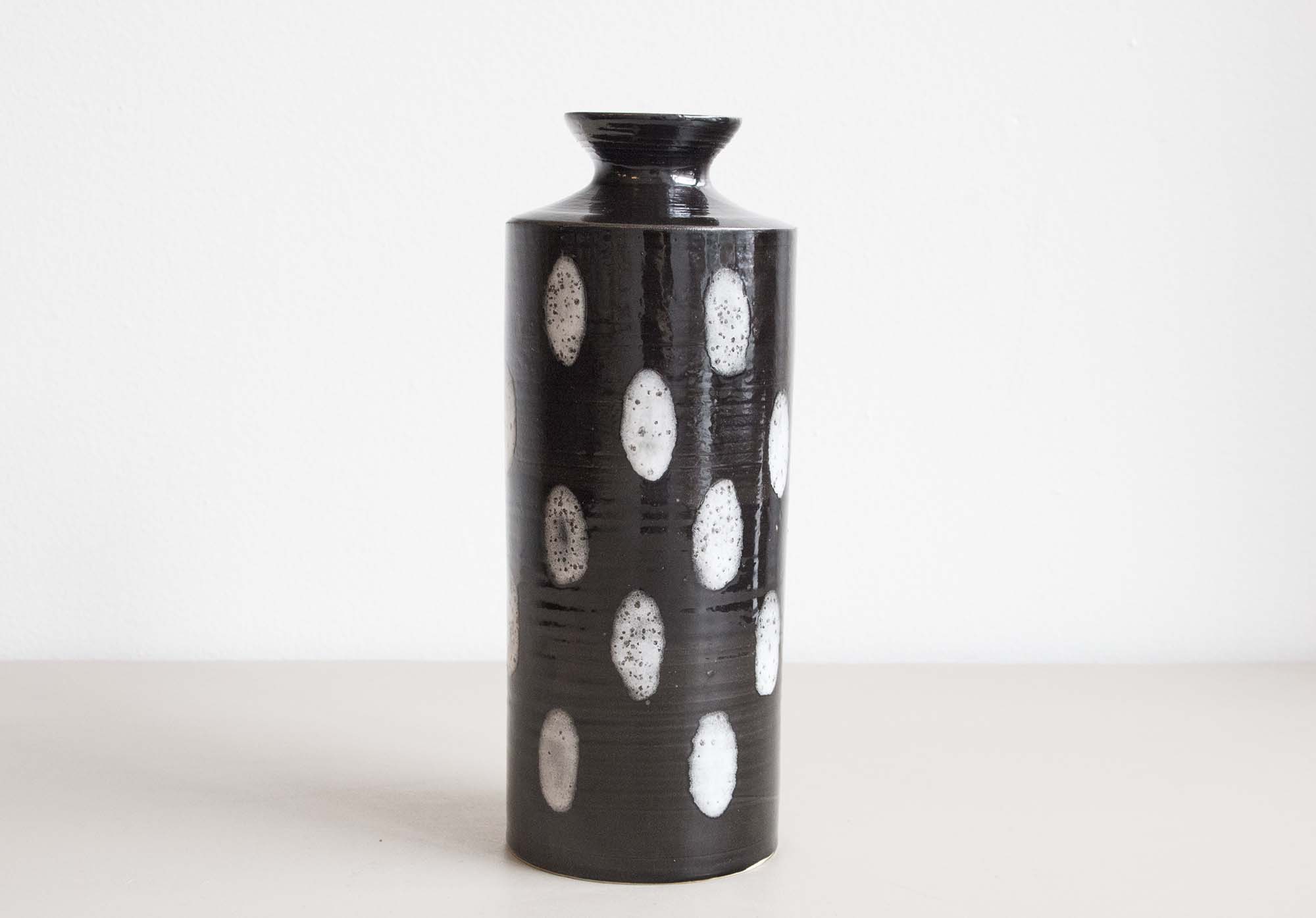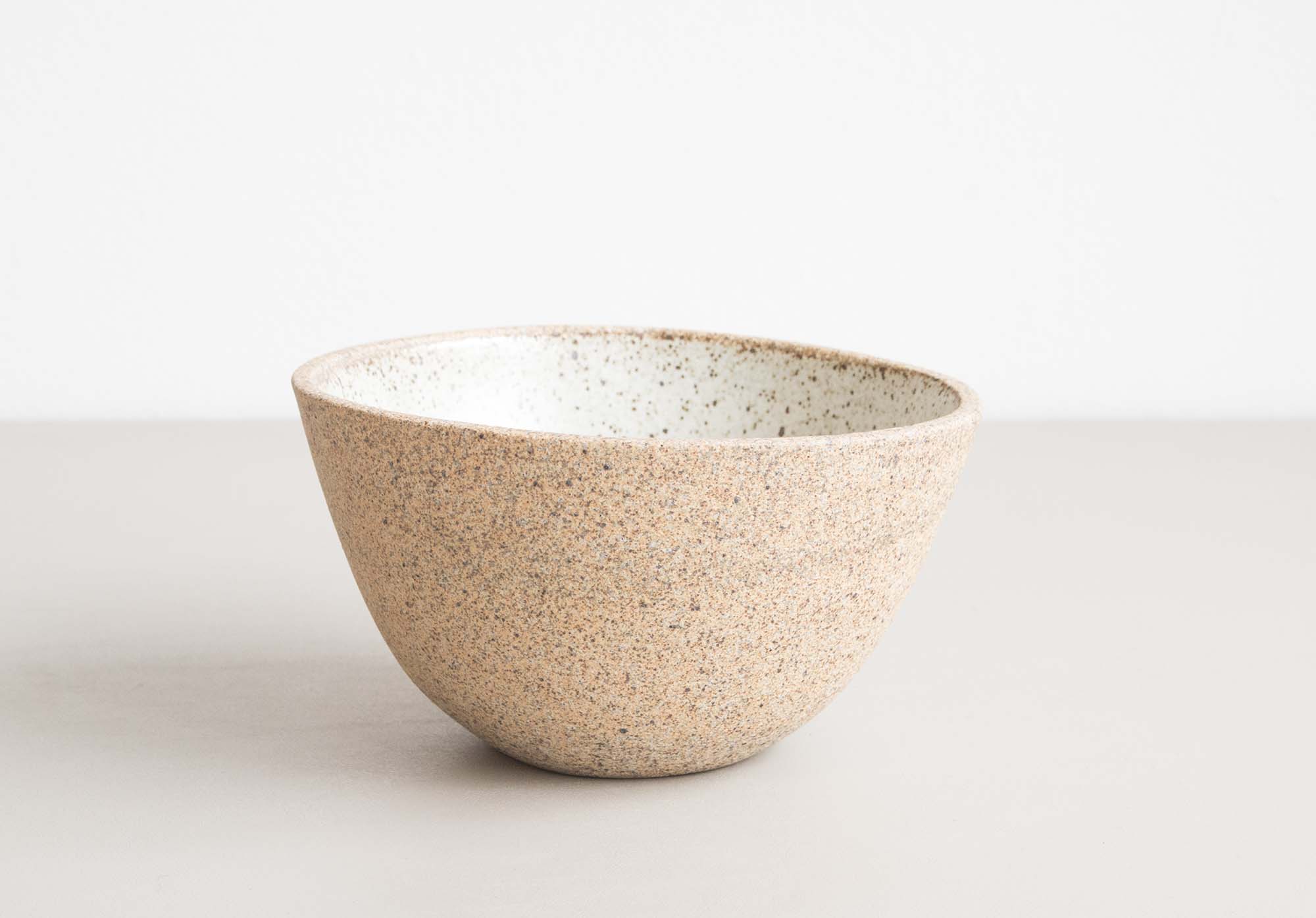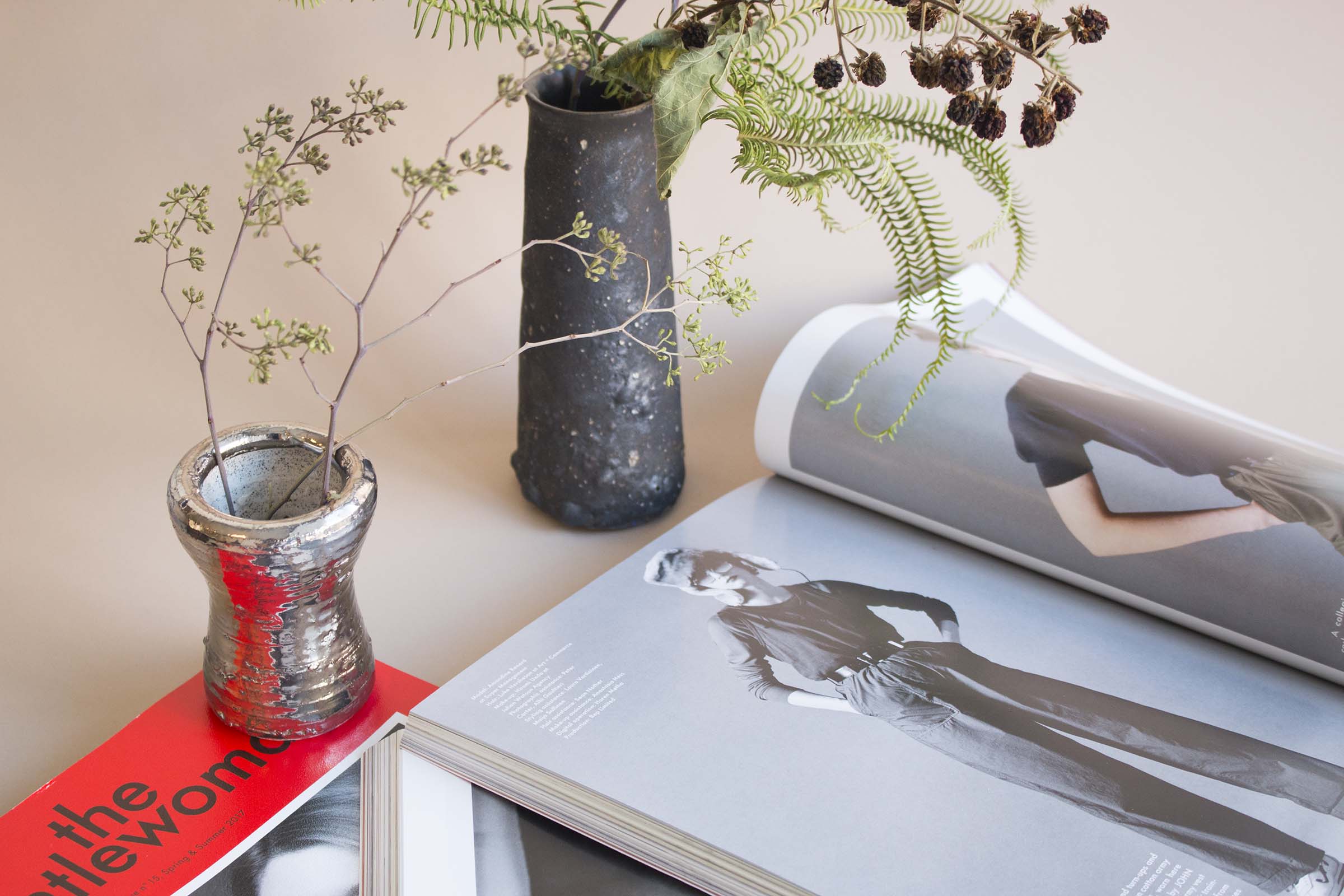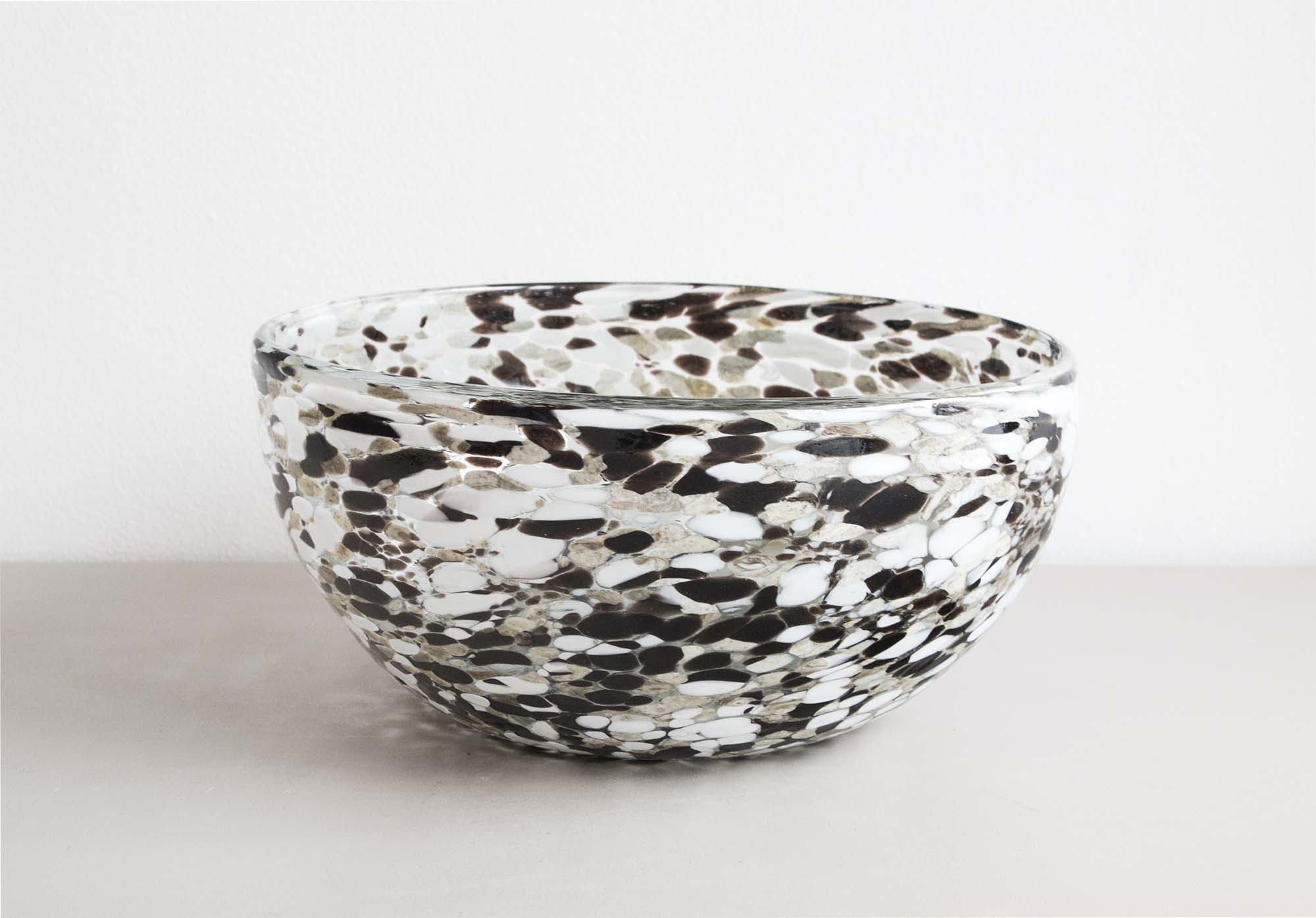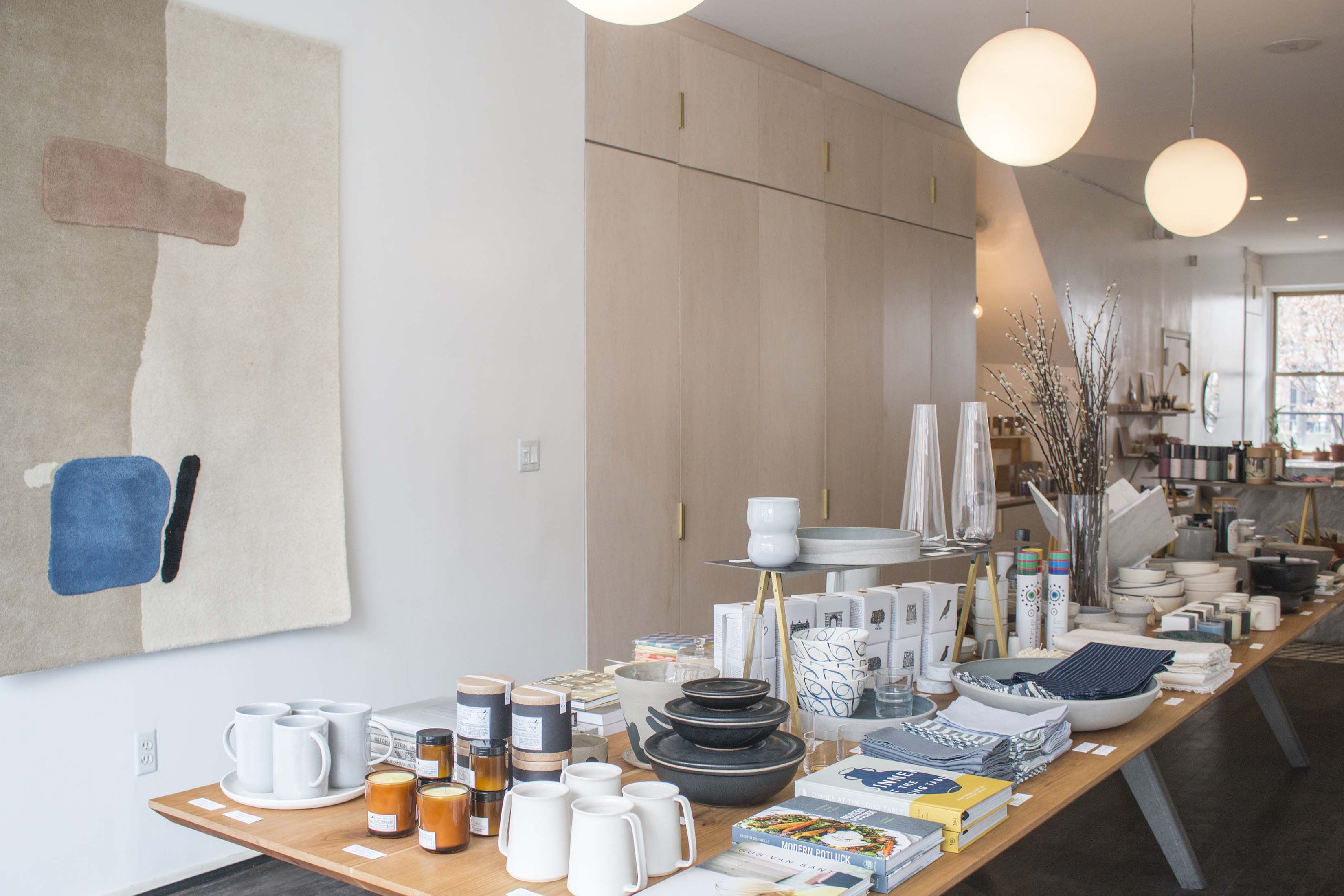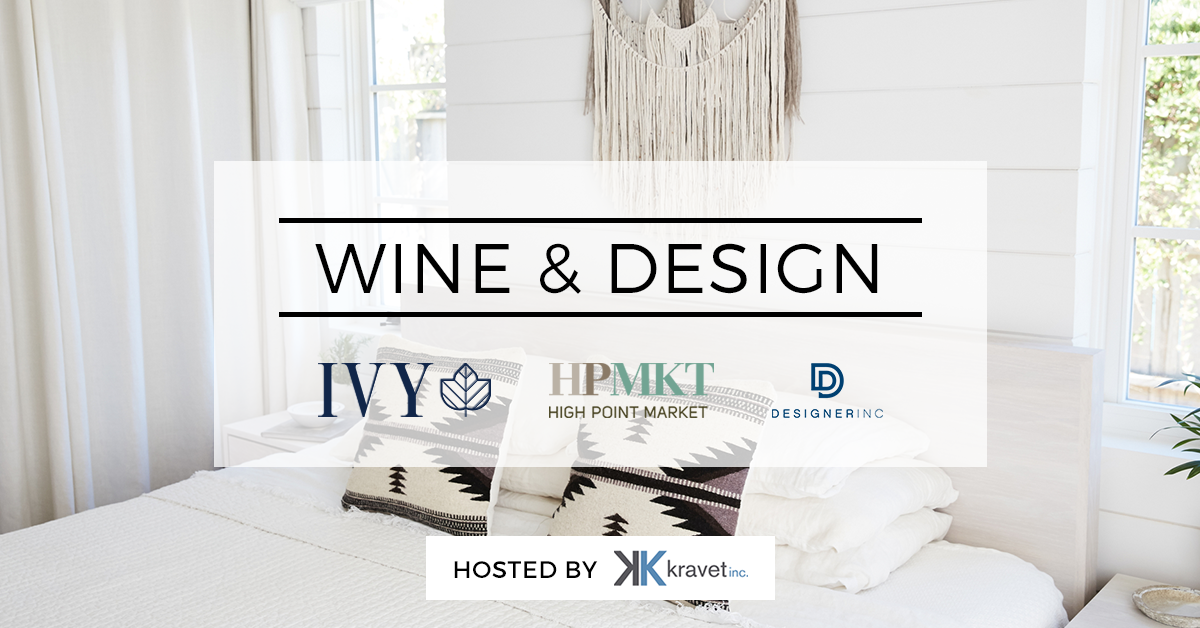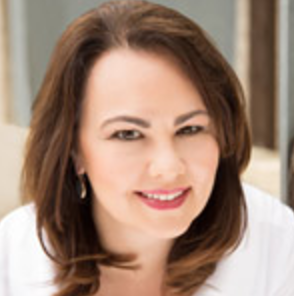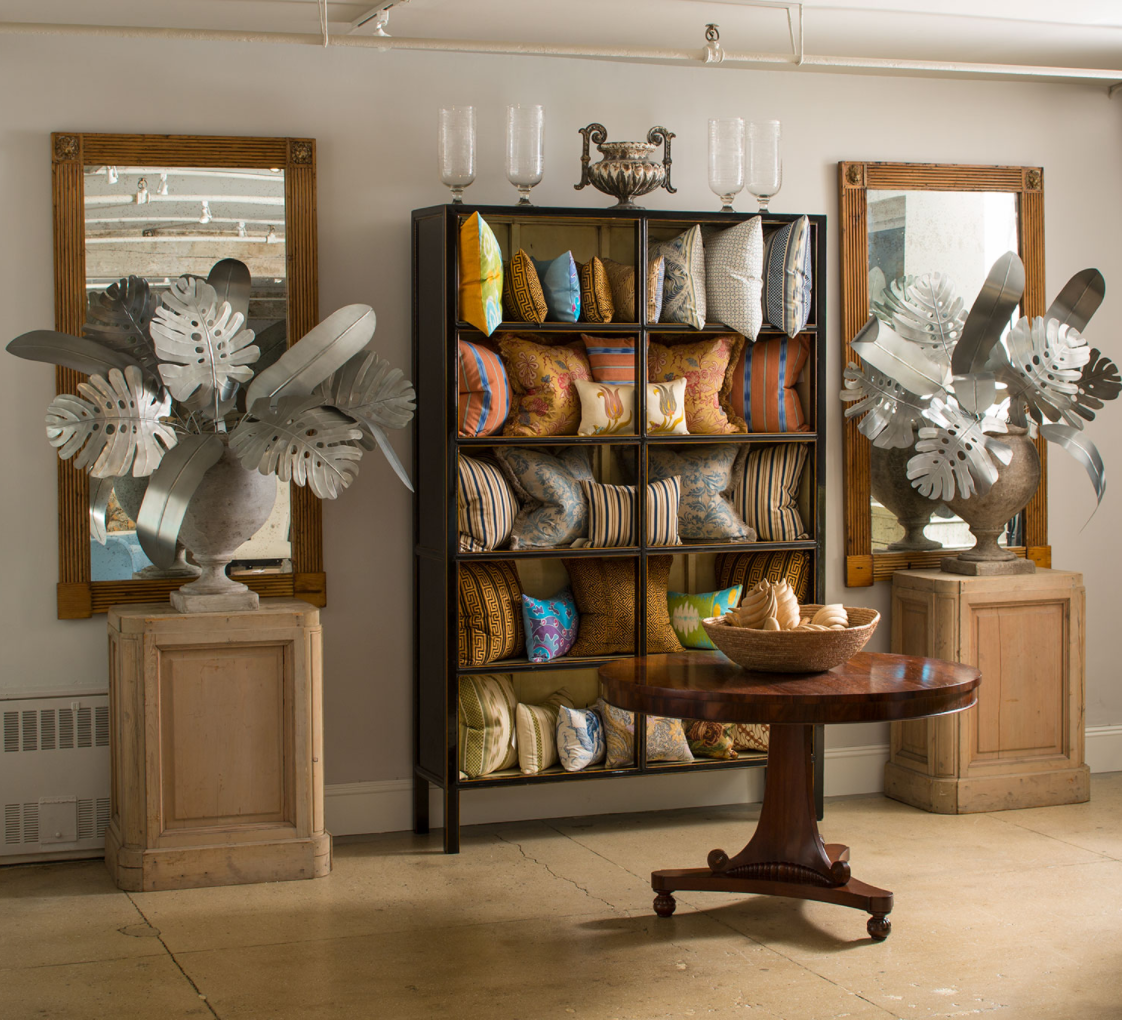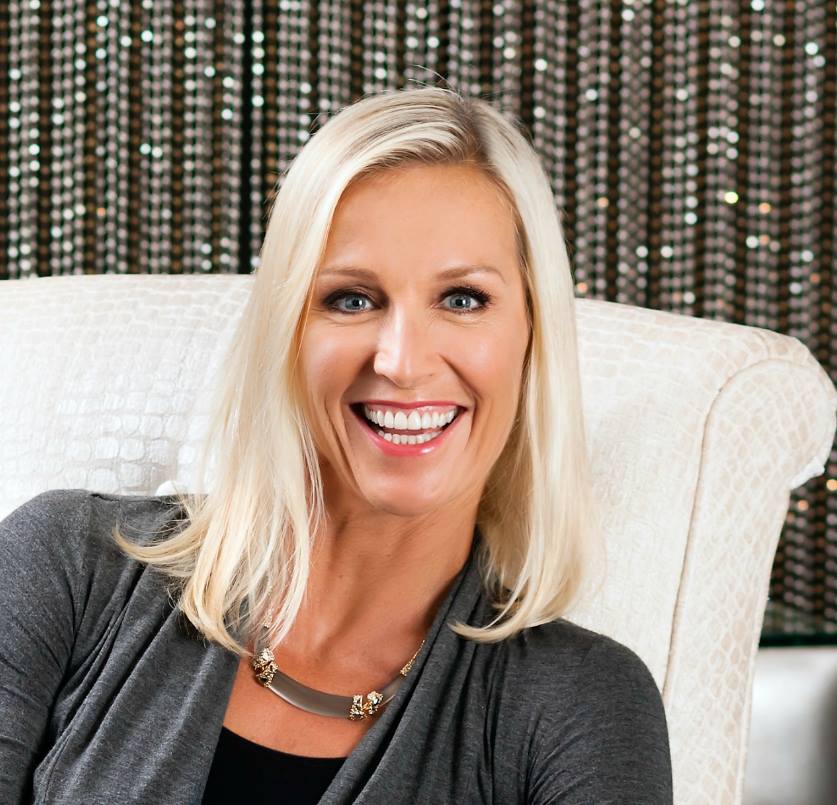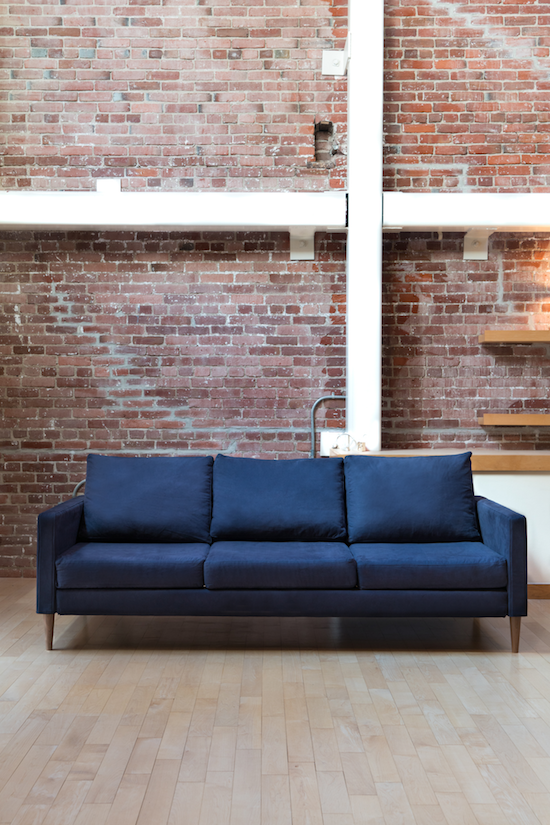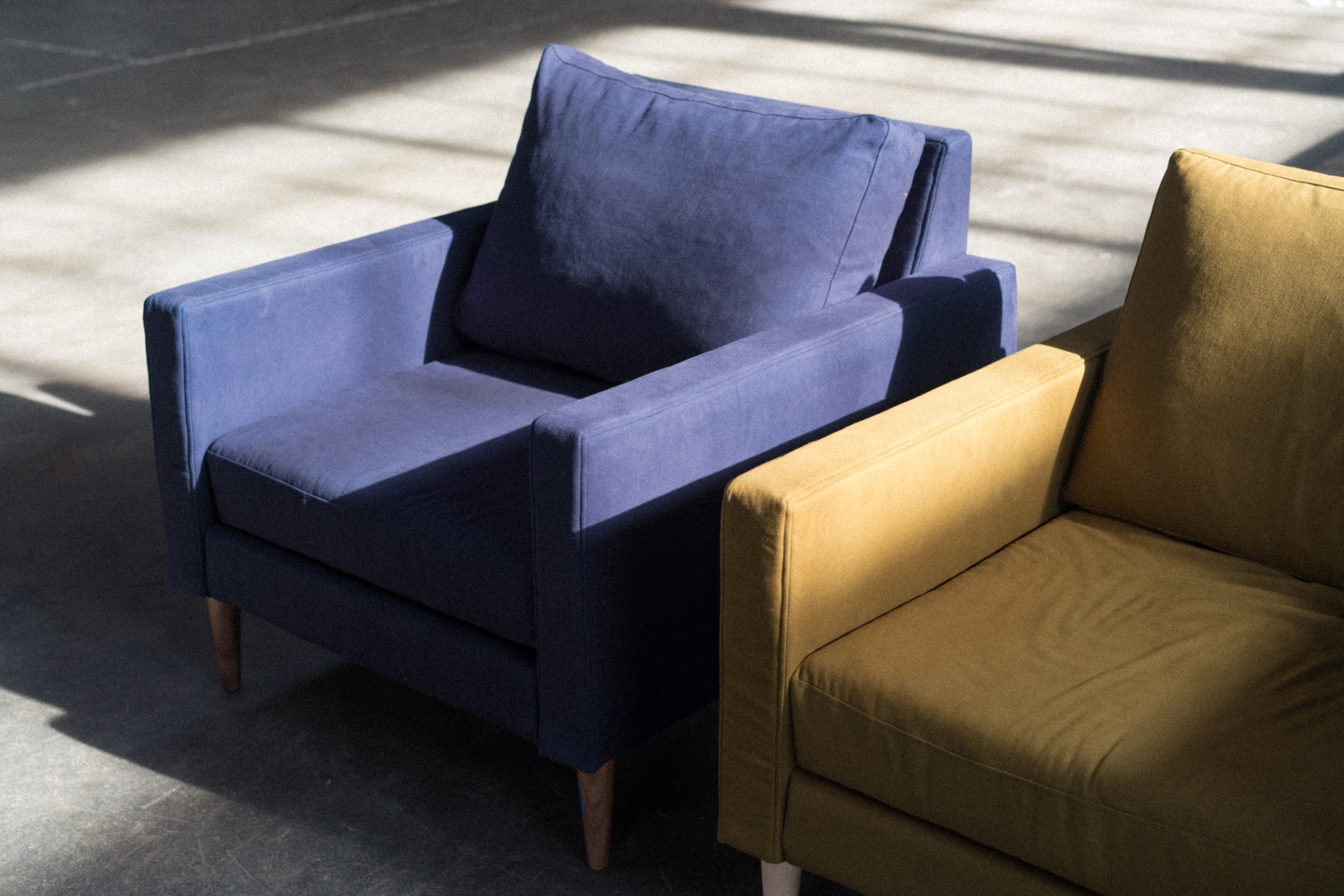Did you know that some of the most common interior designer mistakes are based simply on emotion? More often than we’d like, business professionals quickly make decisions out of fear instead of considering the real facts. Unfortunately, this fear leads to professionals not making enough money to account for all of their creativity, effort and time put into projects, which can cause overwhelming feelings of worthlessness and helplessness.
Michele Williams, Founder of Scarlet Thread Consulting, has dedicated herself to the interior designers and window covering professionals in need of strategic business coaching that will not only build your profitability, but uplift your confidence to overcome your fears and break through those complicated business hurdles. From learning how to price without emotion, to the more complicated elements of the business, Michele helps designers across the country gain back their confidence. Here, Michele discusses the pain points interior designers face day-to-day, common business mistakes and how to avoid them, and other words of wisdom to fuel your passion for profit.
Michele – you’re the founder of Scarlet Thread Consulting – how did you get where you are today?
Great question! We all start somewhere, right?
After college, my first career was in financial software development. In that role, I worked on the integration of Accounts Payable, General Ledger, Purchasing and Inventory for Dun and Bradstreet Software. As a development manager, I helped a team develop a Project Accounting application to fit in with our other financial applications. While working corporate in Atlanta, and not having family here to help with two children under two years of age, it became pretty tough to balance home and climbing the corporate ladder. So, I chose to come home to raise my children.
While home, I started a company offering custom window treatment design and fabrication in 2000. As you can imagine, it threw me into the interior design field and I loved the creativity every minute. As most businesses do, mine morphed – I have done a variety of things ranging from school management for custom home furnishings to publishing a magazine to hosting regular monthly webinars for education and teaching across the United States.
In 2013, my business shifted again to where I currently am. Many of the Interior Designers and Drapery Workrooms that I had taught how to price their custom work started contacting me and asking me to coach them. So I took coaching classes and started down that path and I love it. Now, I am able to offer education and implementation to those I work with across the U.S., Canada, Bahamas and the U.K. It has been tremendous!

Christina Wedge
Scarlet Thread Consulting provides strategic business coaching for interior designers and window covering professionals. What are the big pain points interior designers face day-to-day when it comes to managing their business?
Oh, those pain points. We all have them at some time and quite often it seems when we get one under control, another shows up. The top pain points I see from my Interior Design clients are as follows (in no particular order):
Pain of not making enough money for all the time, effort and energy that they put into the business which leaves them feeling exhausted and worthless.
Pain of being taken advantage of by clients or vendors and not having a clear scope of work to support their efforts. They don’t know when the project is done – and if they do, they are not in agreement with the client.
Pain of not fully understanding all of the financials in their business which shows up as not paying themselves even, when they have money in the bank account, having to put money back into the bank account a month after taking some out, not understanding cash flow, not having money for taxes or retirement, not being able to analyze their financial statements for growth or even sustainability.
Working with the wrong clients and fear that if they make choices to support themselves in business that they will no longer have clients. Fear keeps them trapped.
Feeling like a hamster on a wheel – no more passion in their business, drained, done.
“Many designers, dare I say most, are right brained creatives and the numbers for the finances are scary. But wrapping your arms around it can be done, and I think this is critical to success.”
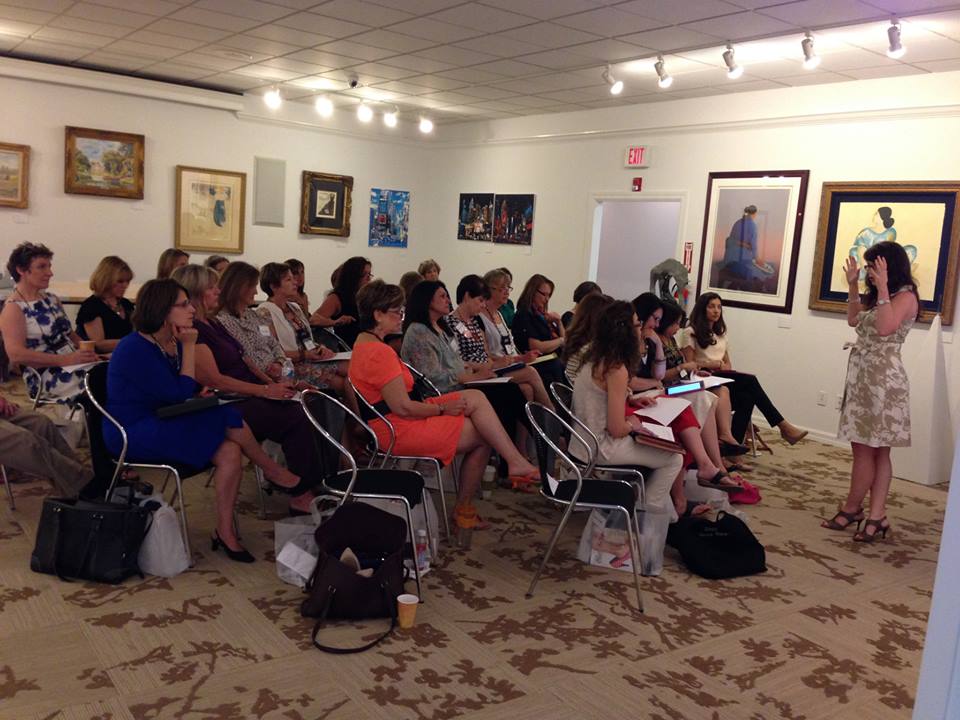
Courtesy of Michele Williams
Other than business coaching, please tell us about the workshops, training and educational seminars you provide…
I offer a variety of business topics but am best known for my “Pricing Without Emotion” and “Passion for Profit” courses. “Pricing Without Emotion” goes through the nitty gritty of pricing custom work. We work through strategic and tactical pricing models and each person leaves understanding how each dollar moves through their business and what inefficiency costs them per minute. This class travels across the U.S. and only needs 6 people to bring it to your area.
“Passion for Profit”, an online course, teaches each person how to best manage their money with bank balance accounting. In this course we learn to save for Operating Expenses, Taxes, Salary, Profit and other costs/investments that make running a business profitable. The goal is to manage our business and not let it manage us. Enjoy 10% off the Passion for Profit course using promo code: IVY10. This will give 10% off to get started making your business profitable!
My other courses are business related and address: Negotiation Skills, Communication for Success, Building a Better Bio, and Adding Education as an Income Stream to name a few. Some of these are online and some are taught in seminar format. I am happy to share these in a group format for anyone who is interested in coordinating an event.
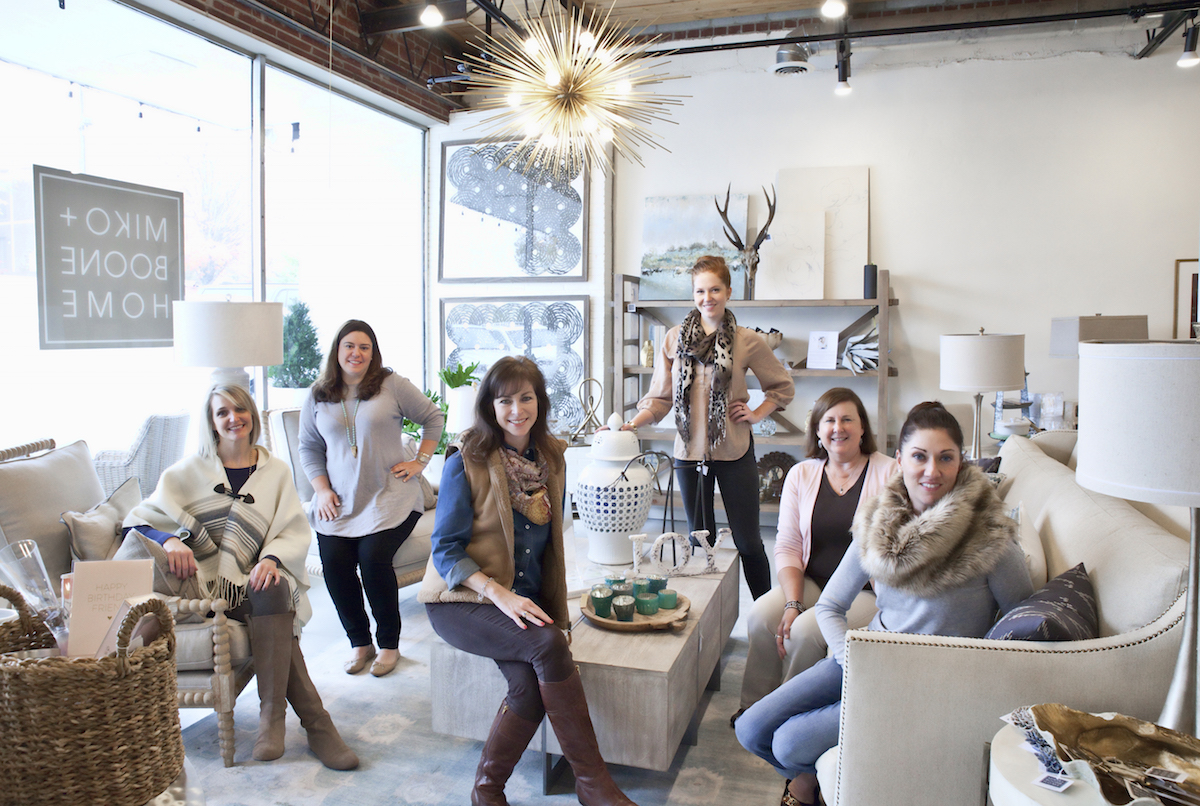
Christina Wedge
What are the common mistakes you see interior designers make when it comes to their business decisions?
The most common mistakes I see are based on emotion. Quite often we make decisions out of fear and not based on concrete facts. We run scenarios in our head and almost write a script filling in the blanks instead of asking and dealing with hard truth – then we respond.
The better way is to “remove” ourselves from the issue and try to consider what advice we would give to an interior designer friend. We would be able to see more clearly – and we need to look at our own business the same way. By waiting a day to respond and really thinking through what we want the outcome to be, we are better able to work towards resolution for all instead of for only one party involved.

Brooke Lark
Based on your knowledge of the industry, why should interior designers embrace the digital era?
Everything around us is changing and progressing. The digital era is upon us and not going away. Here is the beauty in it though – if done well, it should allow us to become more efficient – not less. Coming from a software background, I don’t believe there is one solution for every business or every person. We all interact with software, apps and technology in different ways, often based on the way we think or interpret and capture data. Finding the solution that works for you and your company and helps you streamline business is worth the investment. I could not imagine going back to paper and pen for every function in my company. We would have to serve less people to even get the work done.
Processes and systems are imperative for a profitable company and I believe technology allows us to create these systems and processes quickly.
“Finding the solution that works for you and your company and helps you streamline business is worth the investment.”
Who are some of your favorite accountants and bookkeepers that you’d recommend to interior designers?
There are many great accountants and bookkeepers in the industry. For me, I love working with those who understand our industry (we use all the pieces and parts of accounting) and want to help us do things correctly and better….not those who just take numbers and move them around. The bookkeeper and accountant I always suggest also work with my clients on Profit First money management which is the process I teach in my “Passion for Profit” course and how I coach my clients to profitability. We work as a team to support our clients and have all even gotten on the phone to make sure that the client has the best service and is being directed in one way – not being sent in five different directions. Choosing a service provider is a huge step no matter whether it is for coaching or for financials or marketing – they have to be trustworthy and have your best interest at heart. You want someone on your team who will raise a flag if they see something – not stay quiet and just let it be.
Kristy Lott with Dime Tax is the accountant I recommend. She can be reached at kristy@dime.is or 678-861-4573 and her website is www.dime.is.
Sherry Wilson with Sherry S. Wilson is the bookkeeper I recommend. She can be reached at swilsonoffice@comcast.net or 678-617-8409. Her new website is www.businessbythebook.money.
Both of these are located in Georgia but with Quickbooks Online they serve my clients and others across the entire U.S.
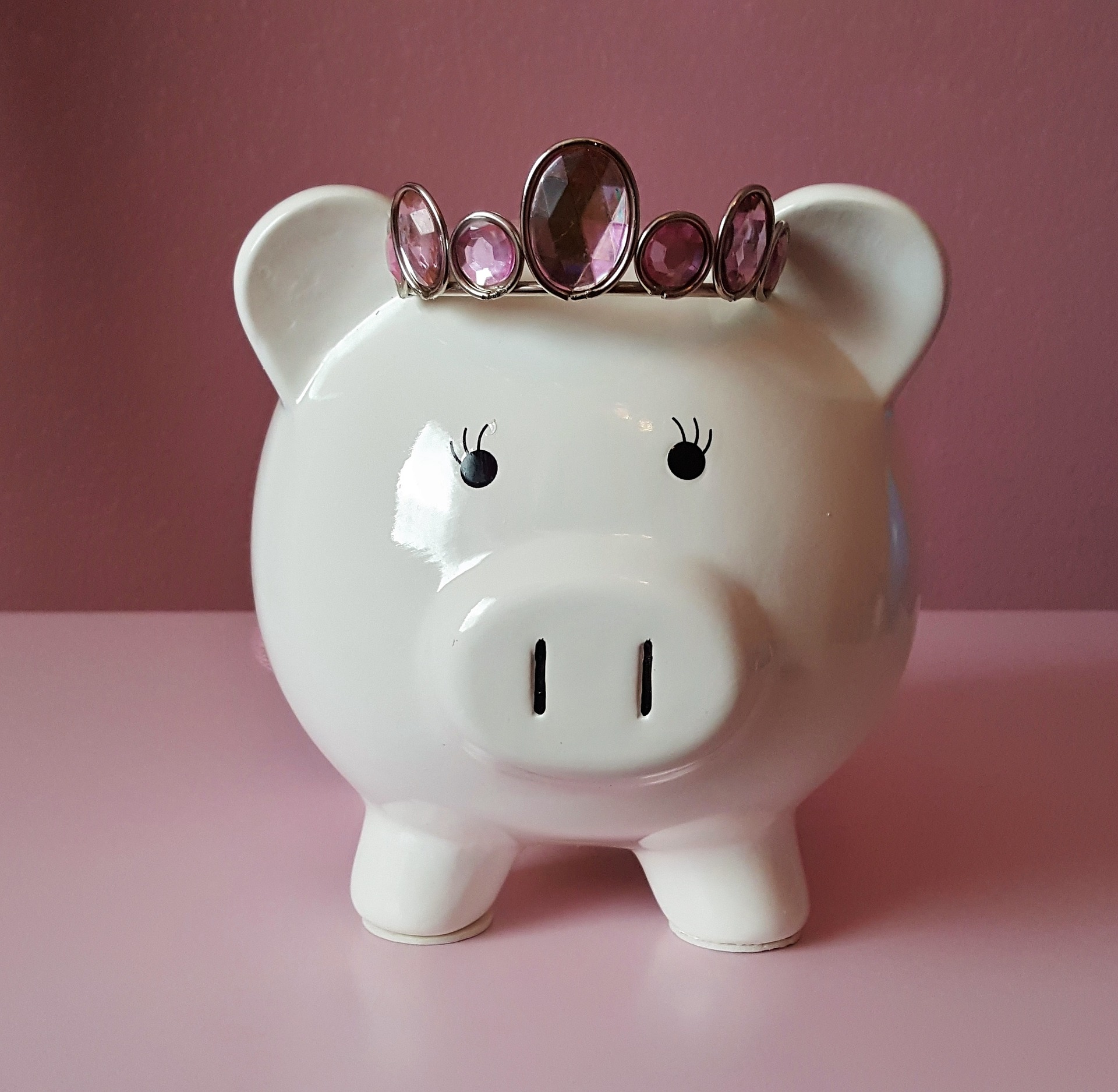
To the interior designers just launching their business, can you offer some words of wisdom for keeping that positive and creative entrepreneurial spirit?
Invest in your business. Invest in learning how to do as much right as you can from the beginning so that the weight of doing it incorrectly does not pull you down. Get in the middle of the financials early. Many designers, dare I say most, are right brained creatives and the numbers for the finances are scary. But wrapping your arms around it can be done, and I think this is critical to success.
In your opinion, how important is an interior designer’s bio?
Wildly critical. Because a well-crafted bio not only tells who you are but it tells who you serve and what you are known for. It is as much about your ideal client as it is about you. One that is thrown together or focused too much on you does not work in our market today. The ideal client is looking to recognize themselves in what you write – take the time to do it well.

Can you share some basic profit building tips for interior designers?
Absolutely – I could do this part all day!
Know your value. Eat it, live it, breathe it. Be able to express it at a moment’s notice. If you don’t think your products and services are valuable your client will not either.
Don’t spend with your bank account – spend with theirs. Get out of your own way when pricing.
Be honest with yourself and acutely aware of how much it takes to do a project. The numbers don’t lie. If it takes 20 hours, charge for 20. If it takes 10, charge for 10. But for all that is good in the world, don’t work 20 and charge for 10. That hurts everyone in the industry.
Price to profit. Price your goods and services to be able to give the BEST product and the BEST service. If you can’t be bothered to make things right when they go a little south on the project, then you probably did not charge enough to do that. Plan for the risk you are taking and price for it.
Manage the expenses. It is not enough to have a huge income amount – you need a huge gross profit and then to manage expenses so that you can have a net profit to be proud of. This is where you are being paid – spend wisely.
What are some of the best ways interior designers can market themselves?
From many that I work with, word of mouth is still king. But that takes work. Be able to tell what you do and how you do it whenever asked. You should never stumble over this – it should roll off of your tongue like your name. Always carry business cards – look for synergies with other people and businesses. Use any free marketing that reaches your ideal client – which starts by knowing who they are and where they hang out. Manage the ROI of your marketing strategies. My goal is to get back 3 times what I invest in marketing over a given period of time. If I don’t make the return, I do something else. And if doing anything in print- it takes many times to see a payoff. Consistency in branding and messaging is key.
“Invest in your business. Invest in learning how to do as much right as you can from the beginning so that the weight of doing it incorrectly does not pull you down.”

Christina Wedge
Can you name some other resources and networking groups empowering interior designers today that you particularly admire?
I manage a Facebook group called “Build A Profitable Business for Interior Designers and Workrooms” that is a great resource for encouragement. I would love for you all to join. In addition, joining national networking groups is also important such as WCAA, ASID, IDS, IFDA, and IIDA. In my area we have a group called Design Collective. It is a local grass roots group that gathers for education and inspiration. Many of the designers in my area open up their business to bring in others for networking. Take advantage of all that you can online and locally where you live.
What are your personal business goals?
My personal business goal is to continue offering services and education to creatives in the interior design and drapery workroom industry so that they can run a profitable business. To know that I impacted families by helping a parent or spouse make money in a business they love is everything to me. Encouraging and equipping designers to work in their passion and to express themselves while being able to pay themselves, save for retirement and cover taxes is HUGE. Every chance I have to spread the pricing and profitability love I want to take!

Christina Wedge
Are you an interior designer in search of an easy interior design software and project management tool to run your business? Learn more about Ivy here.
